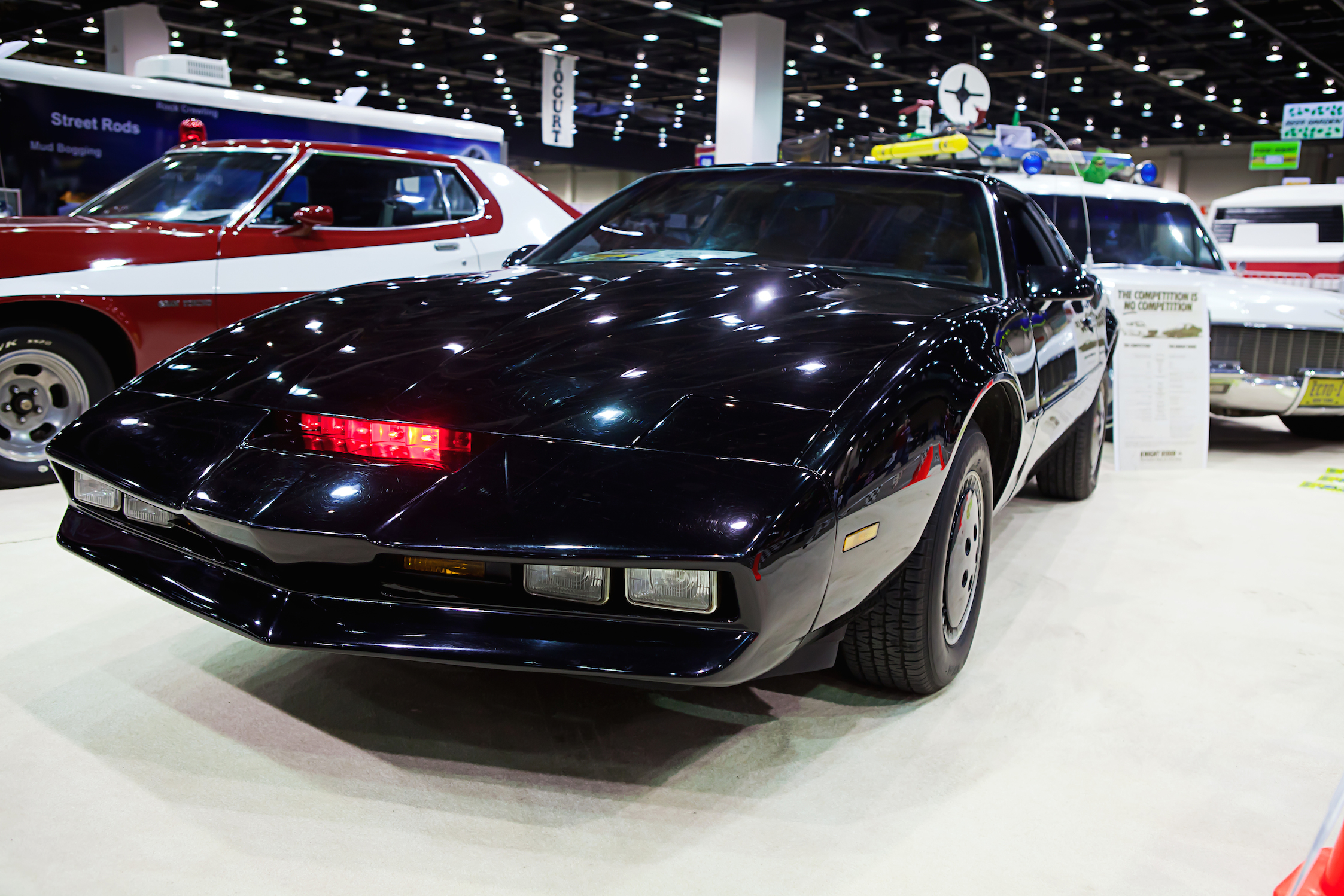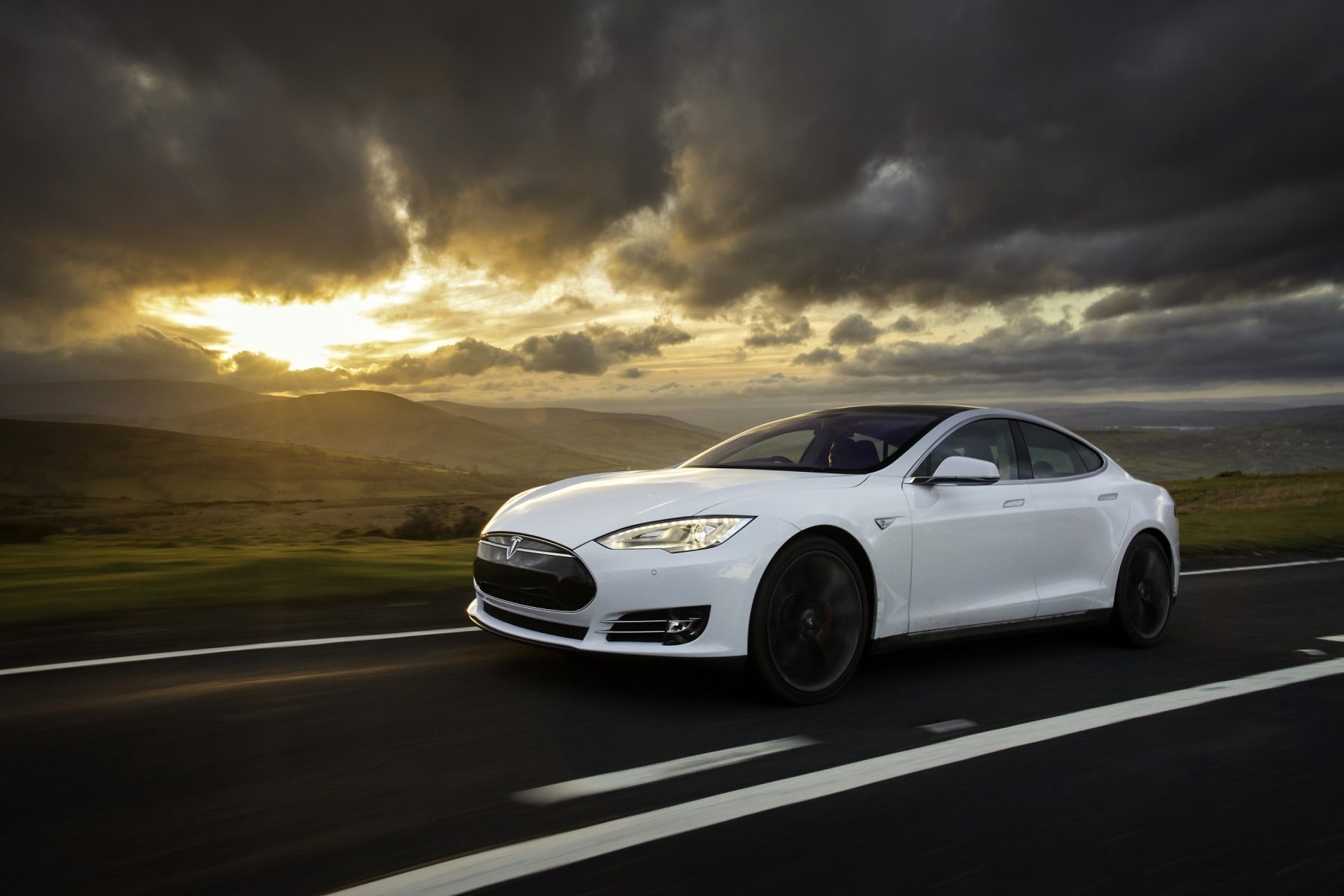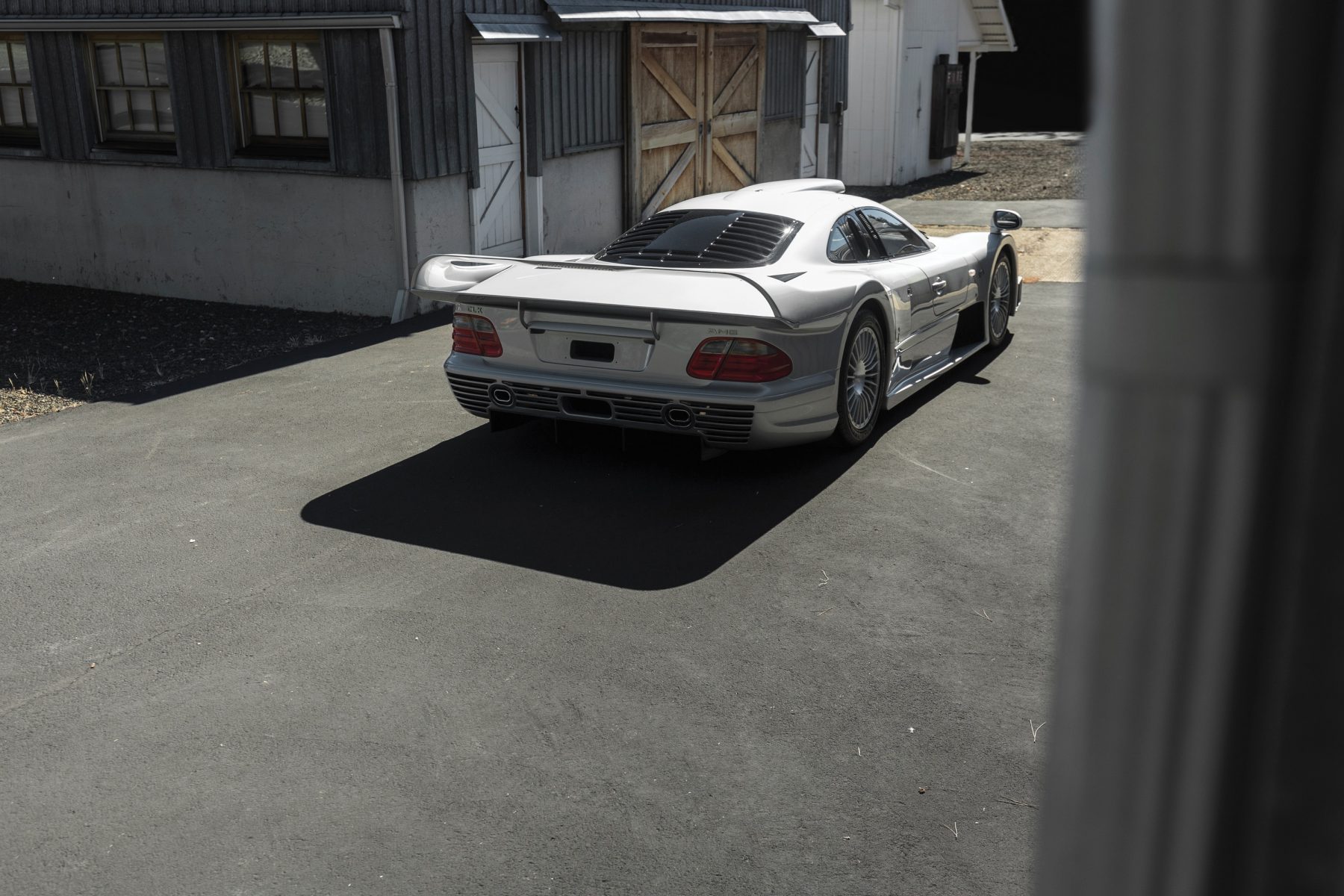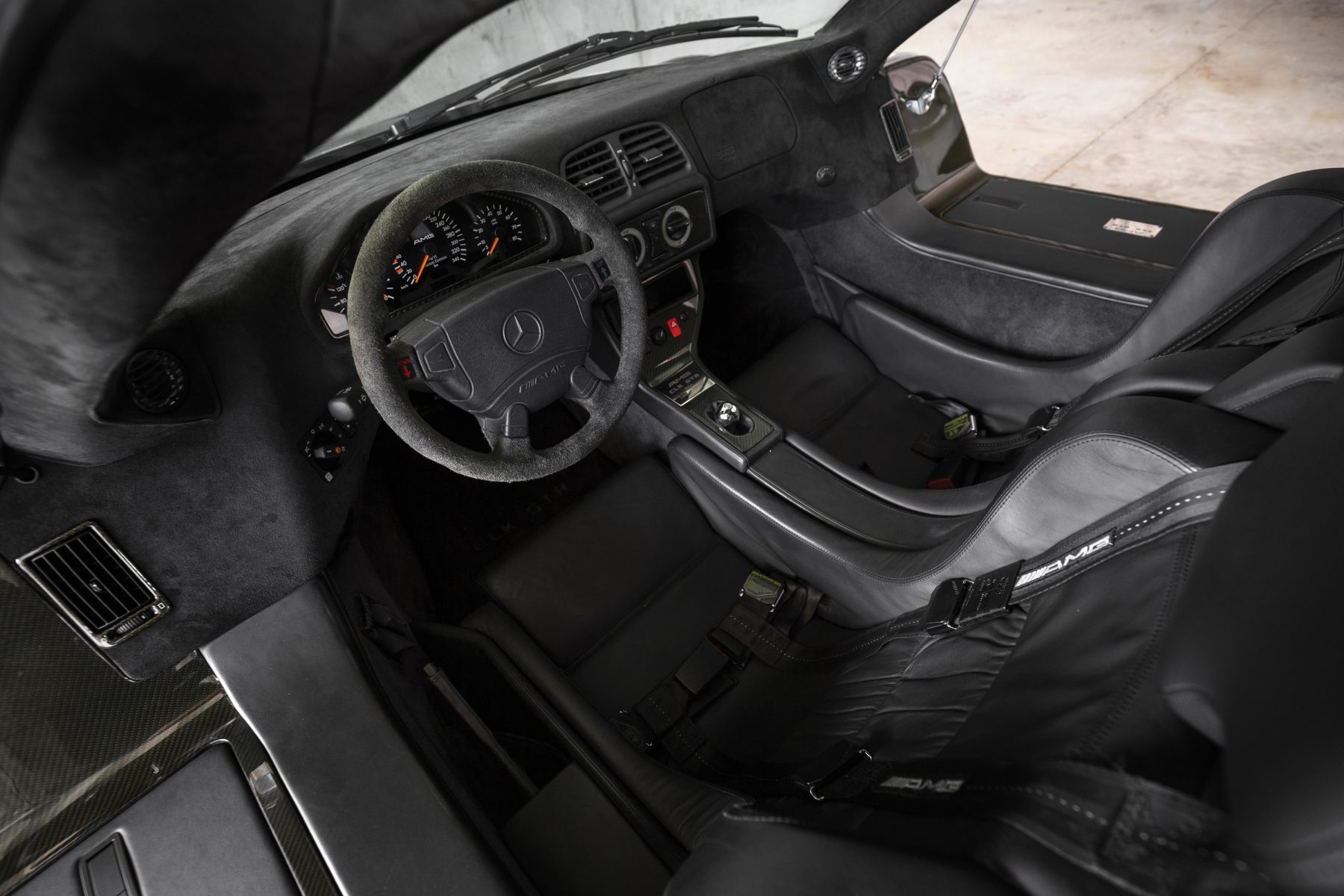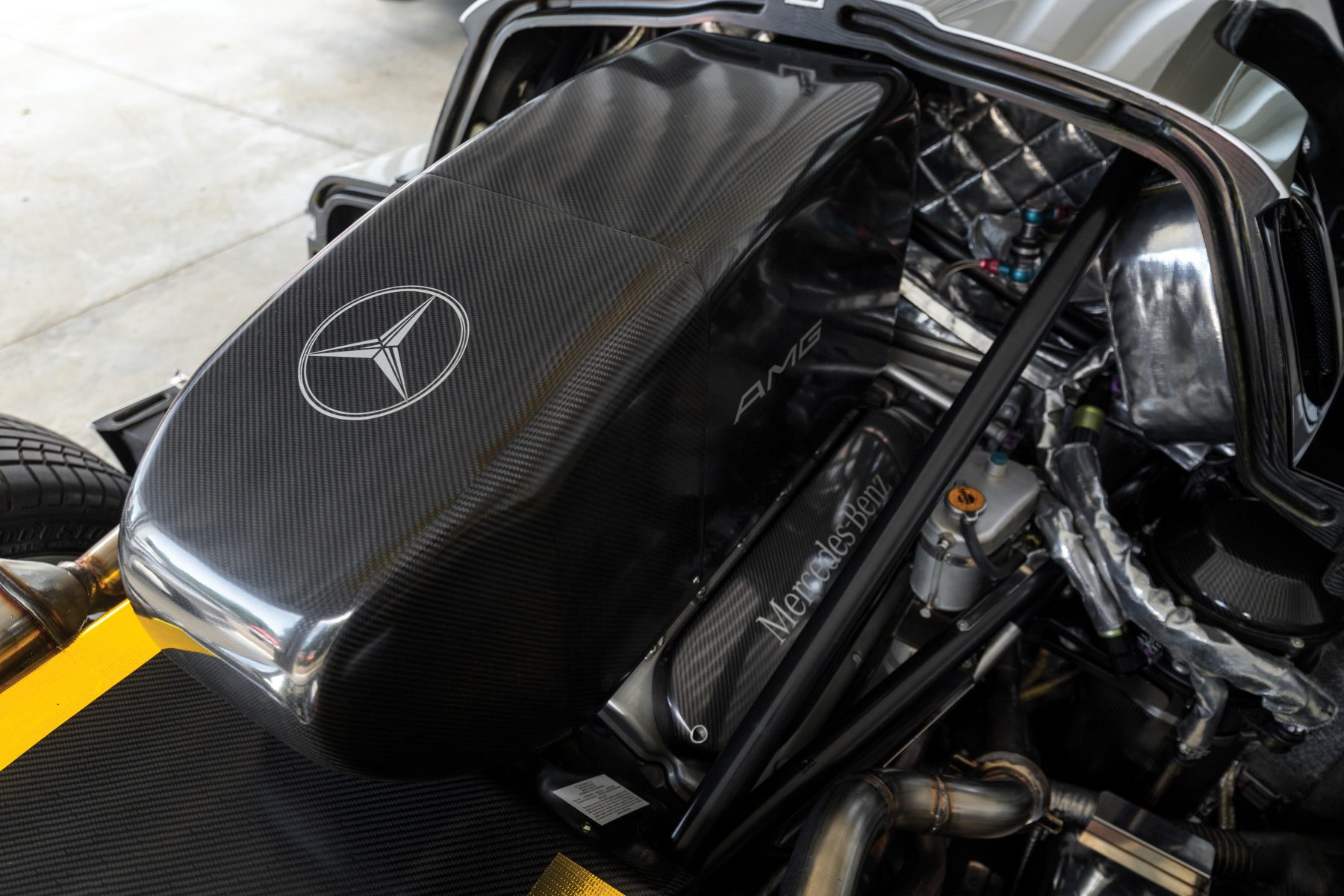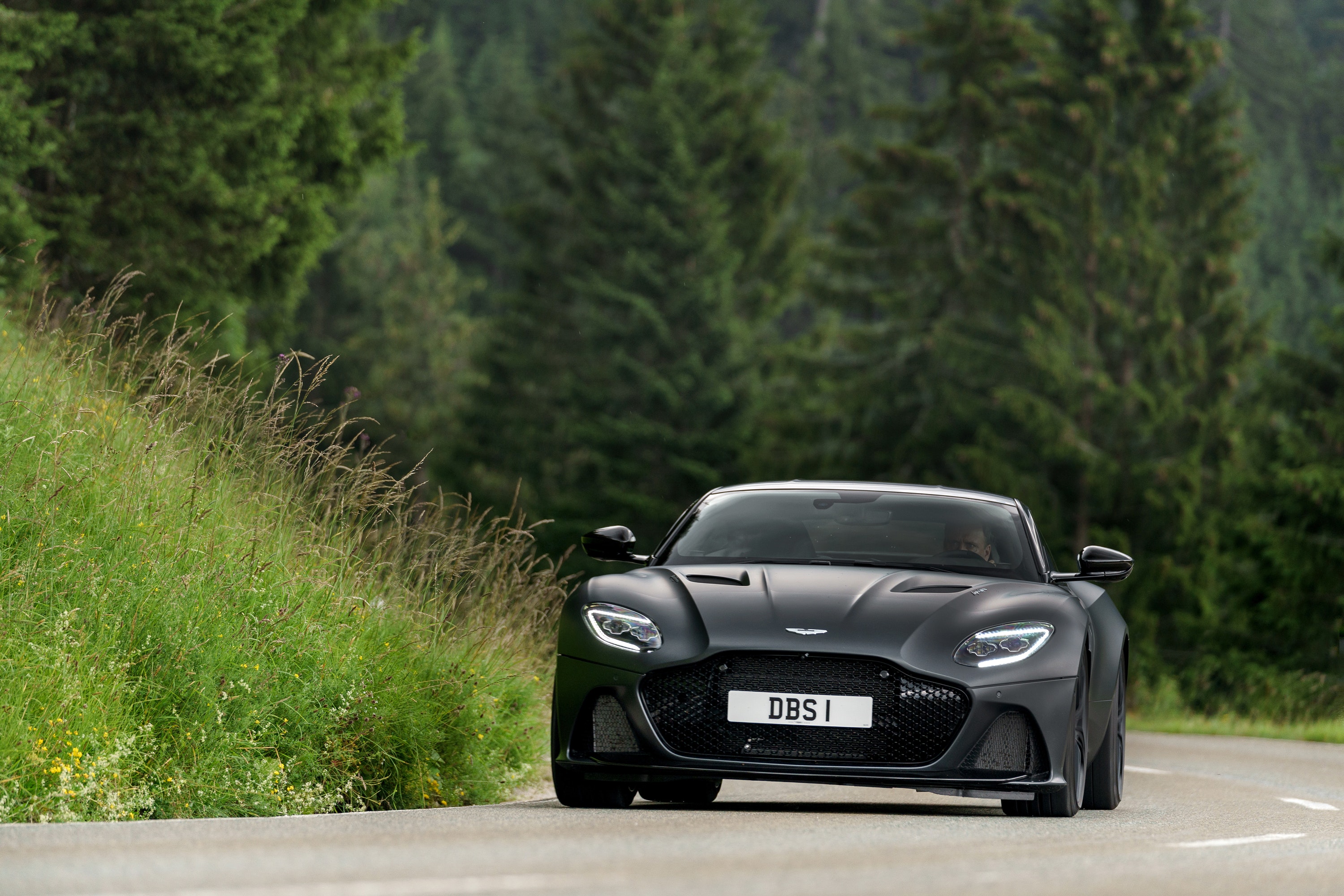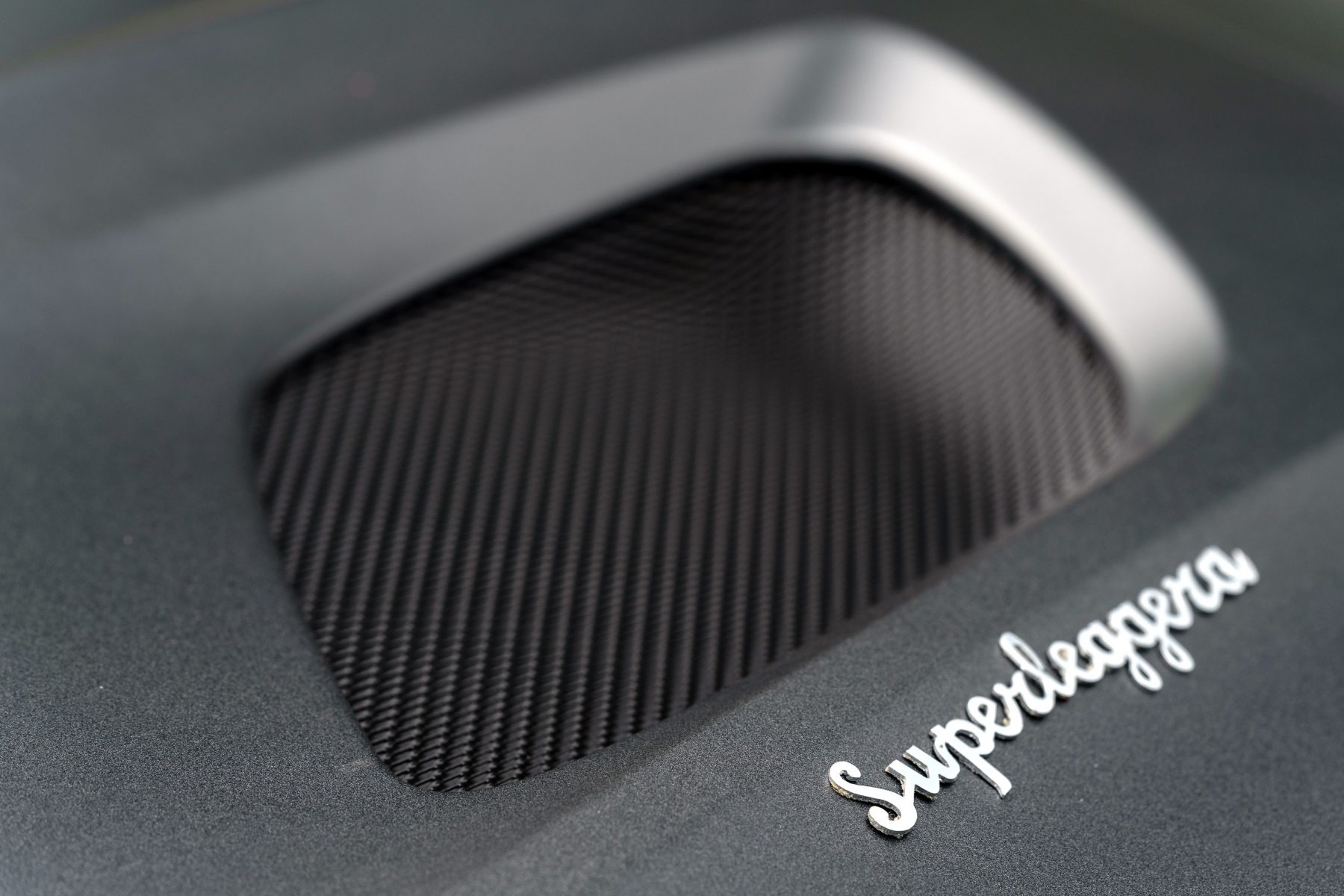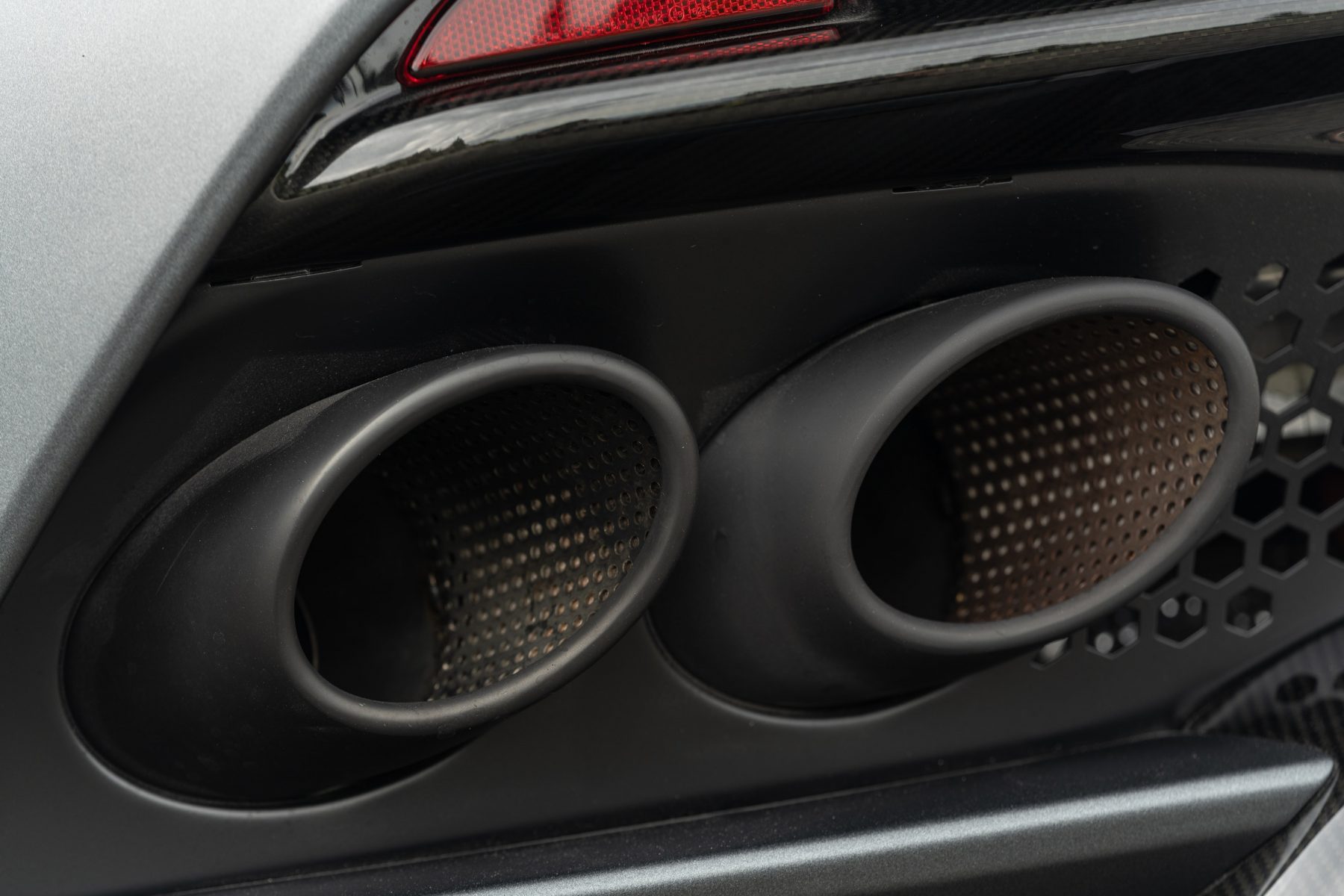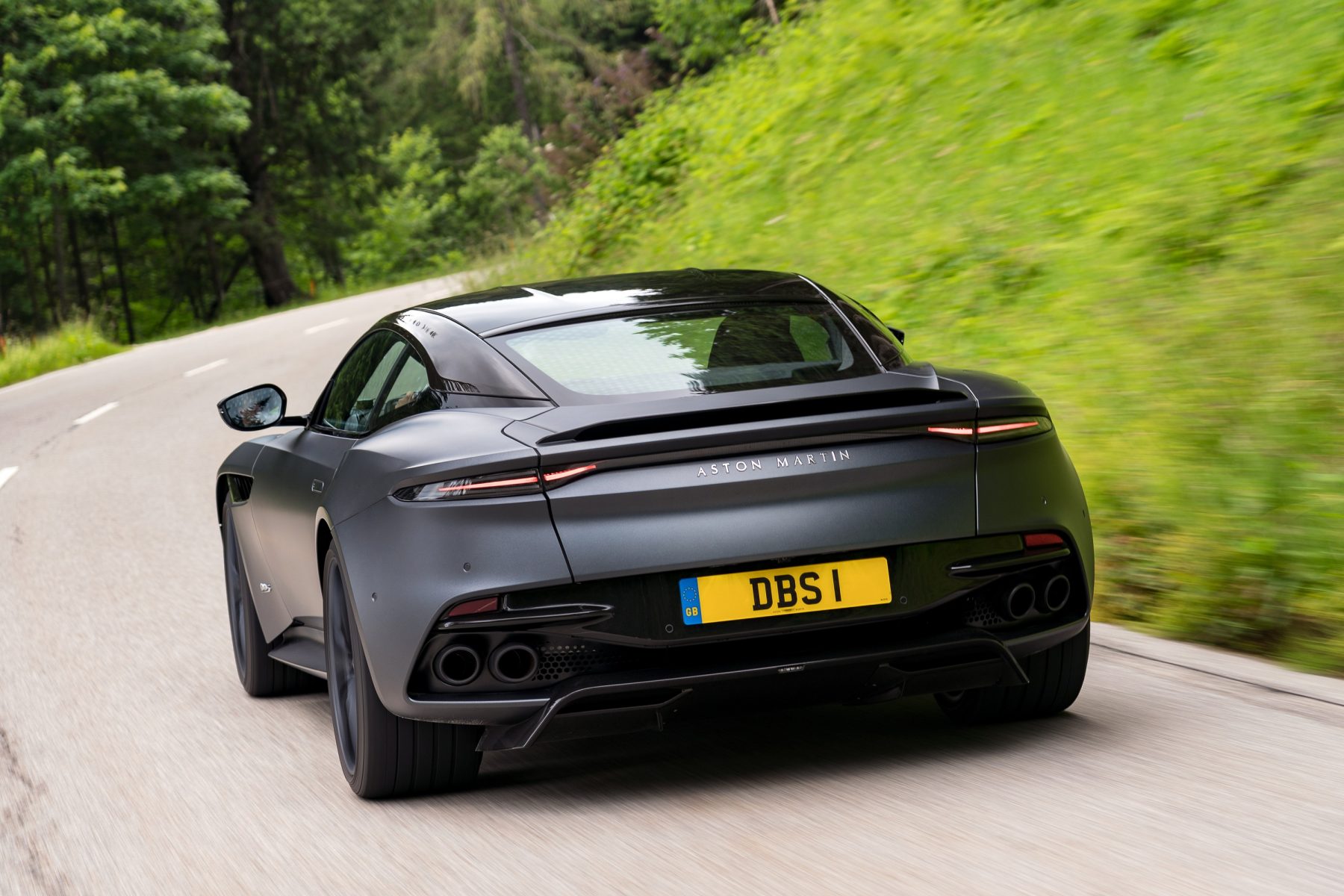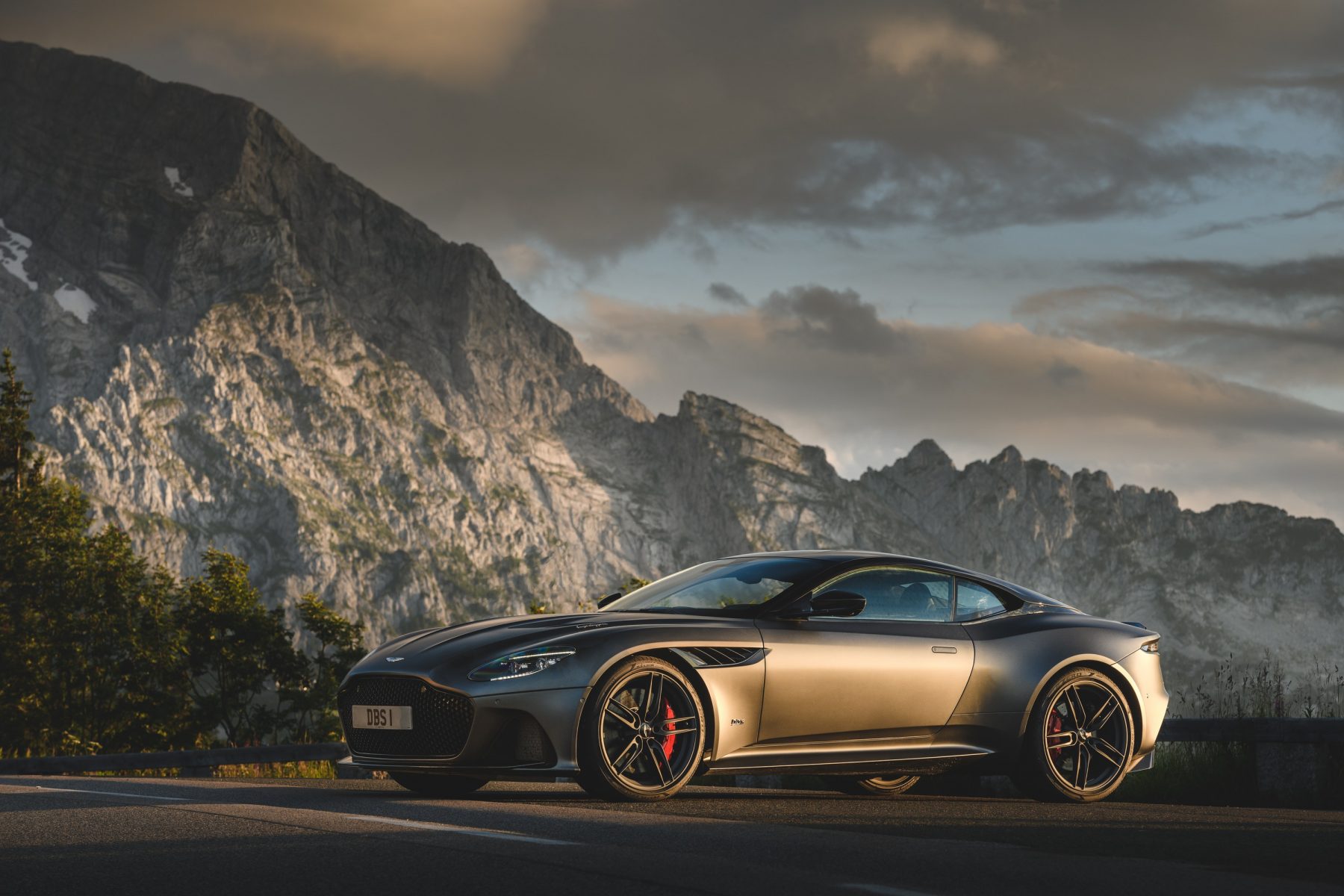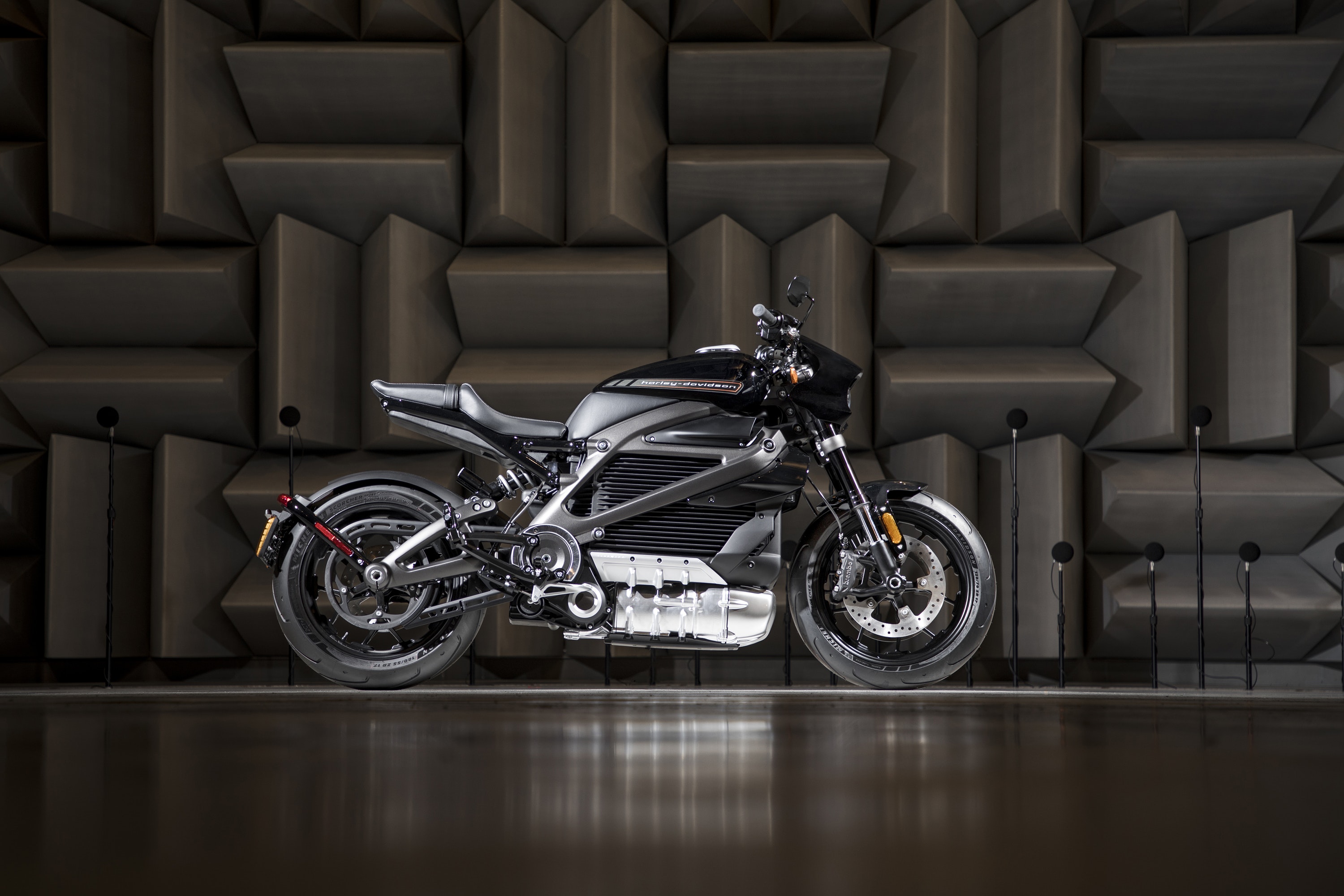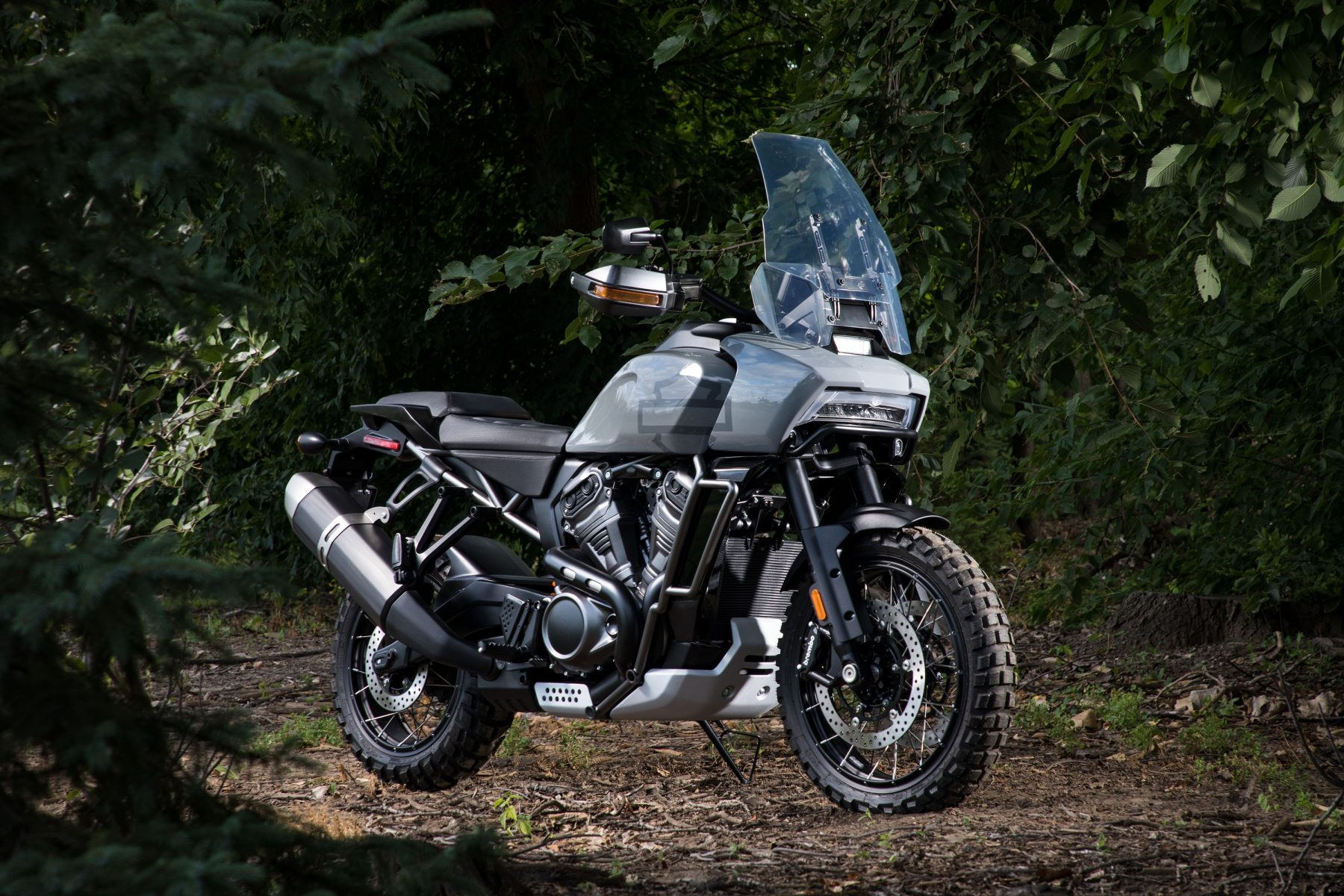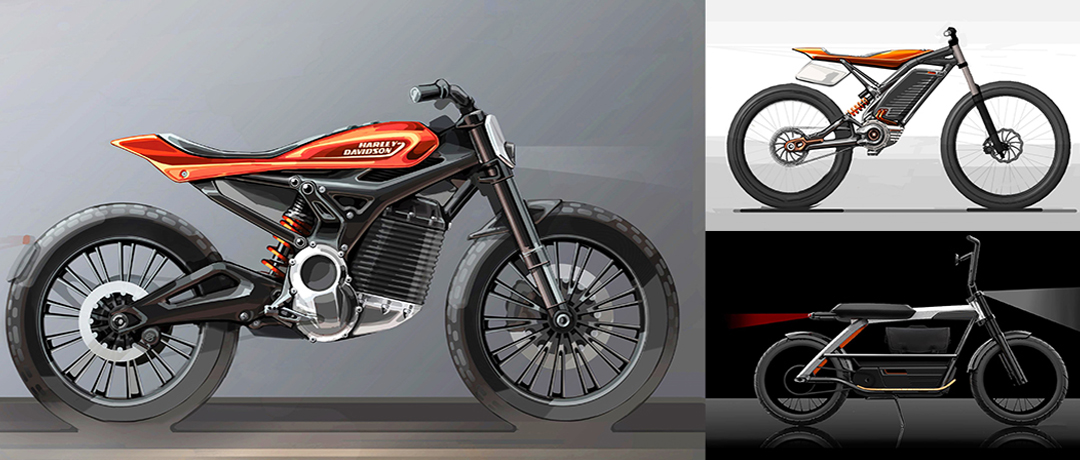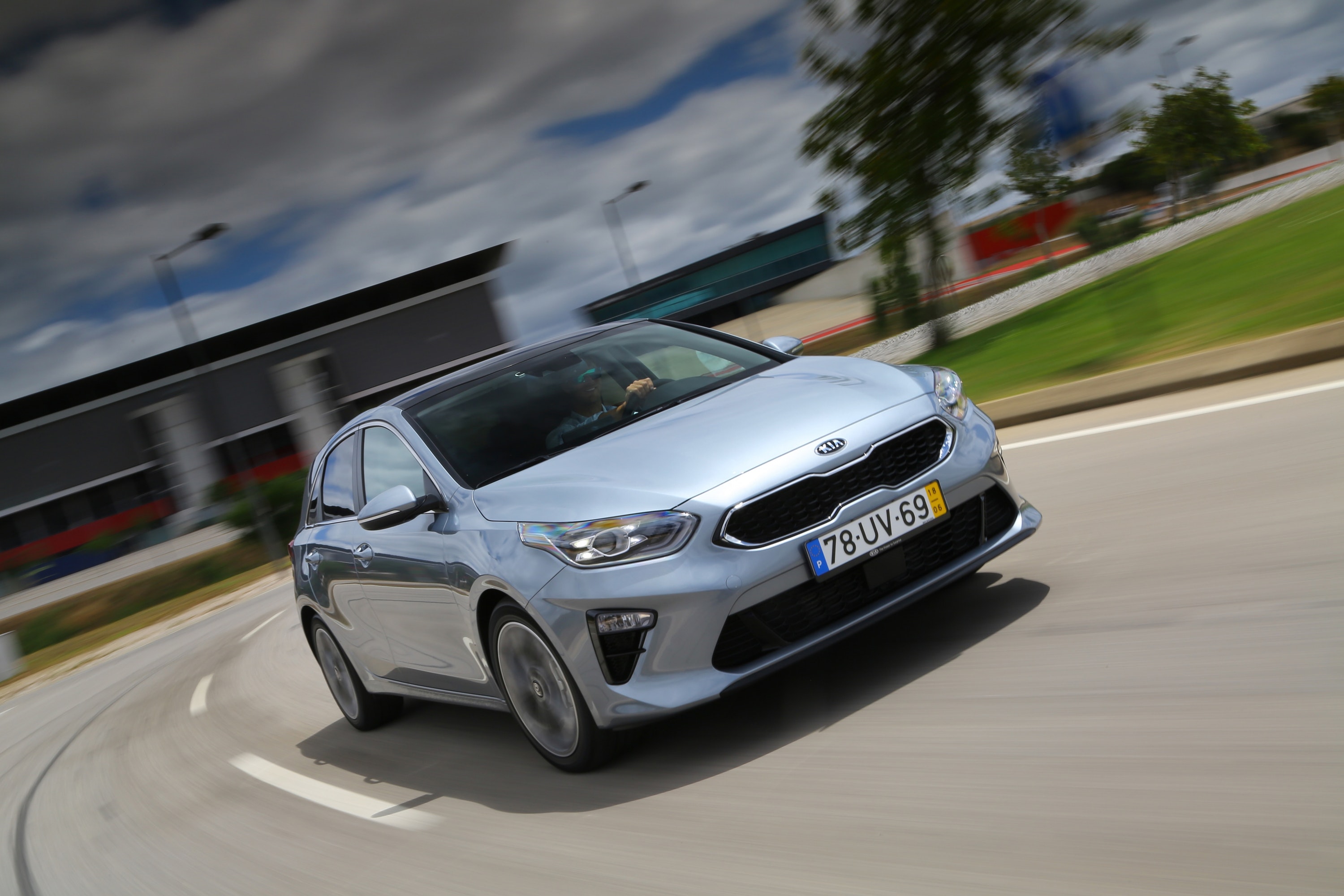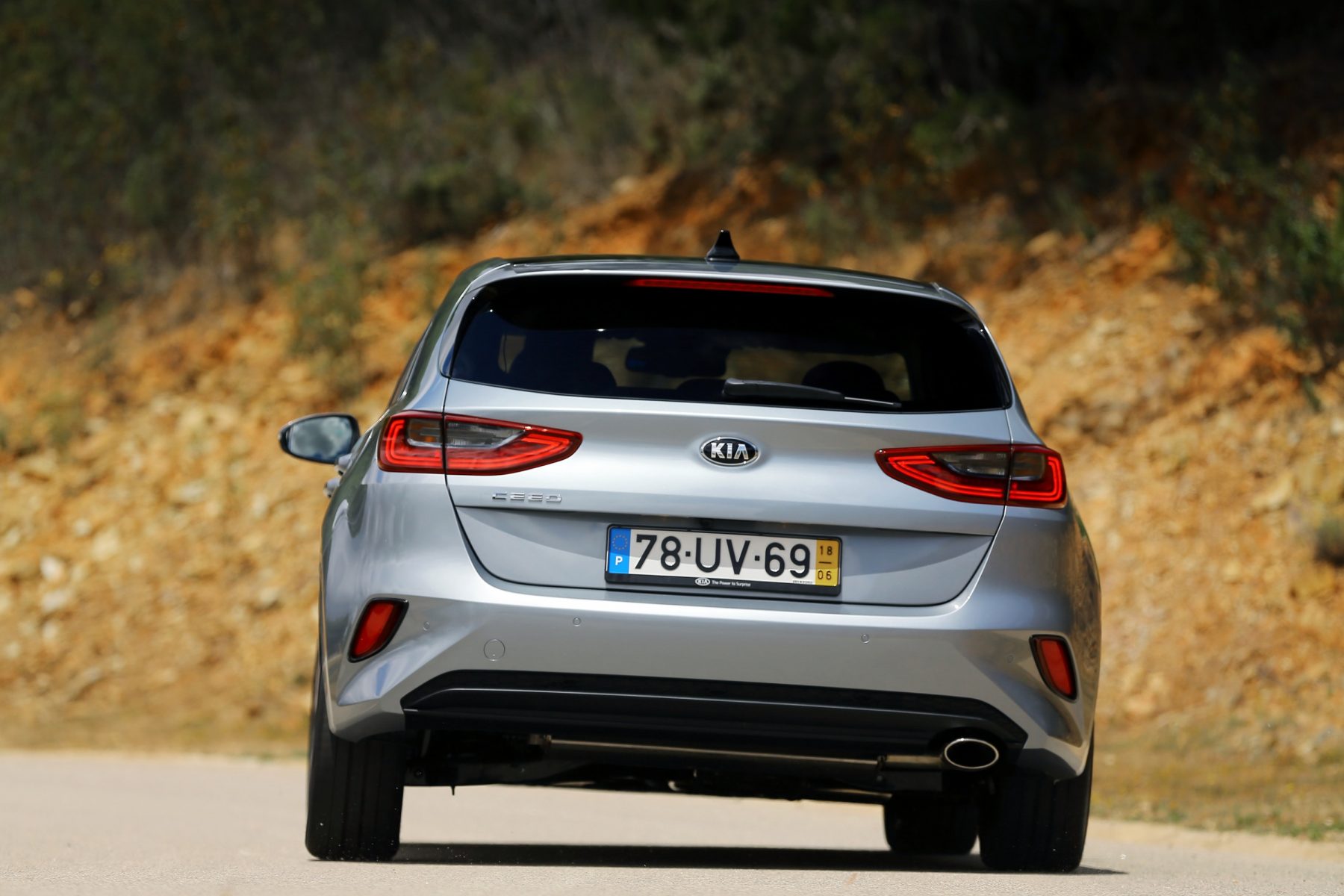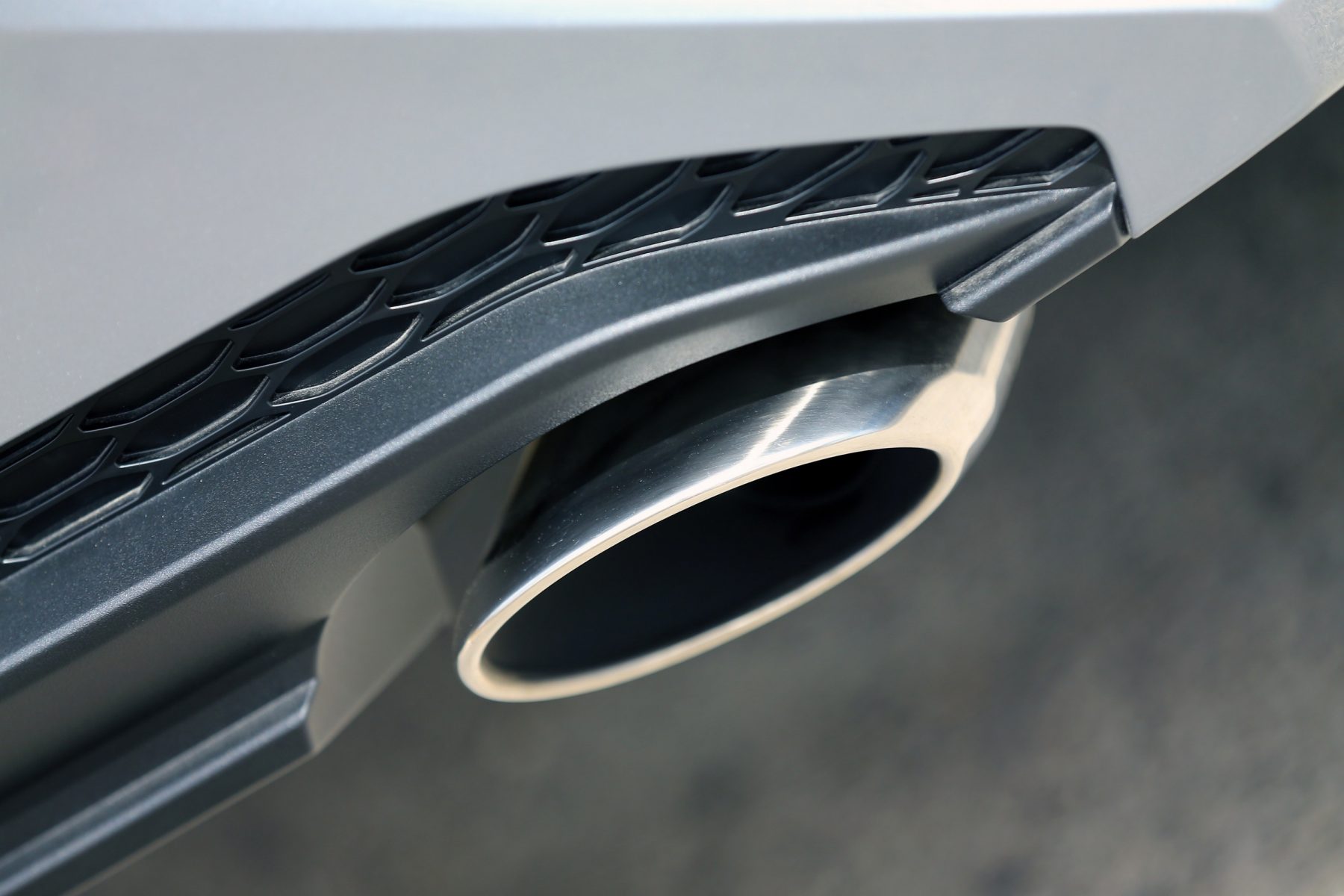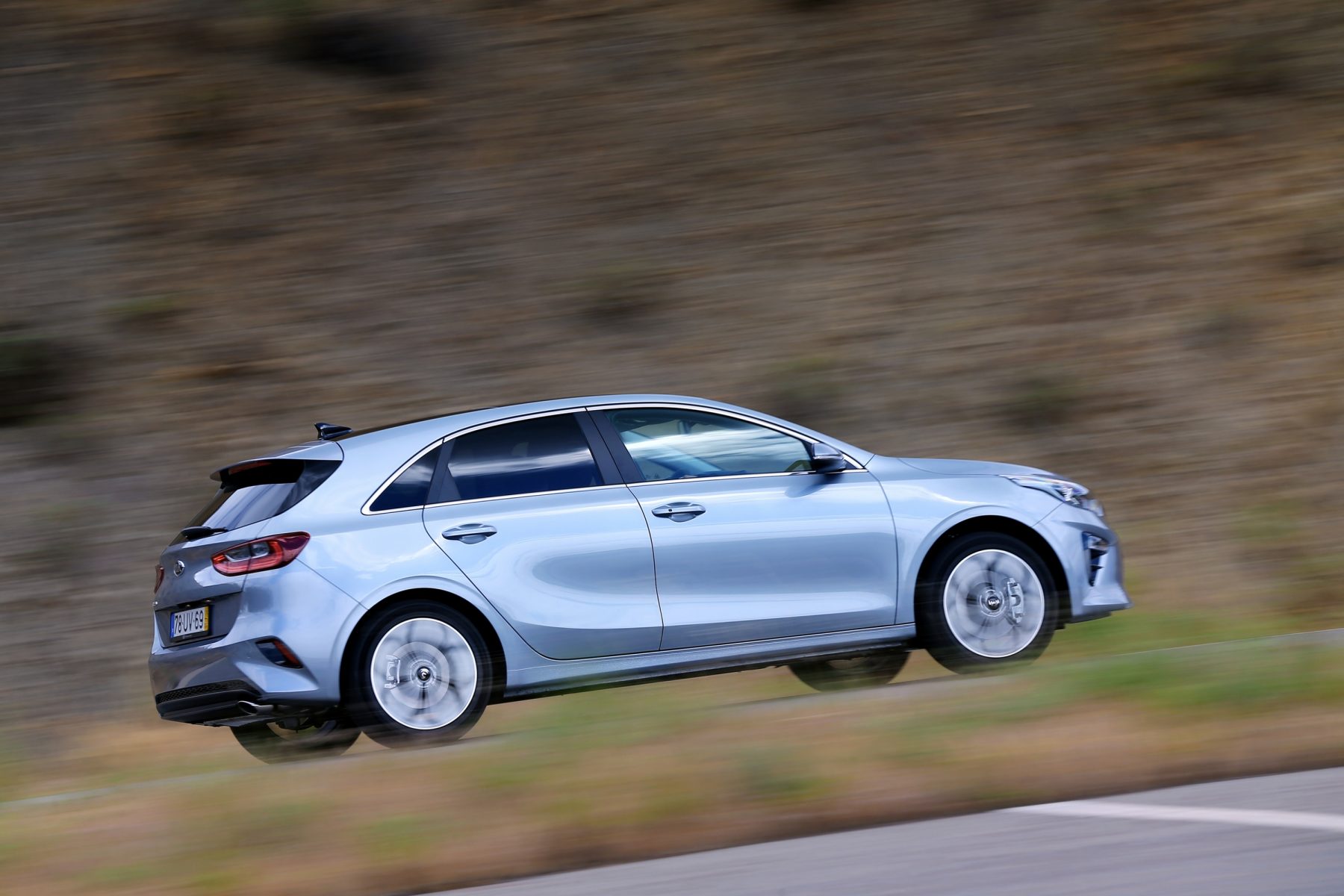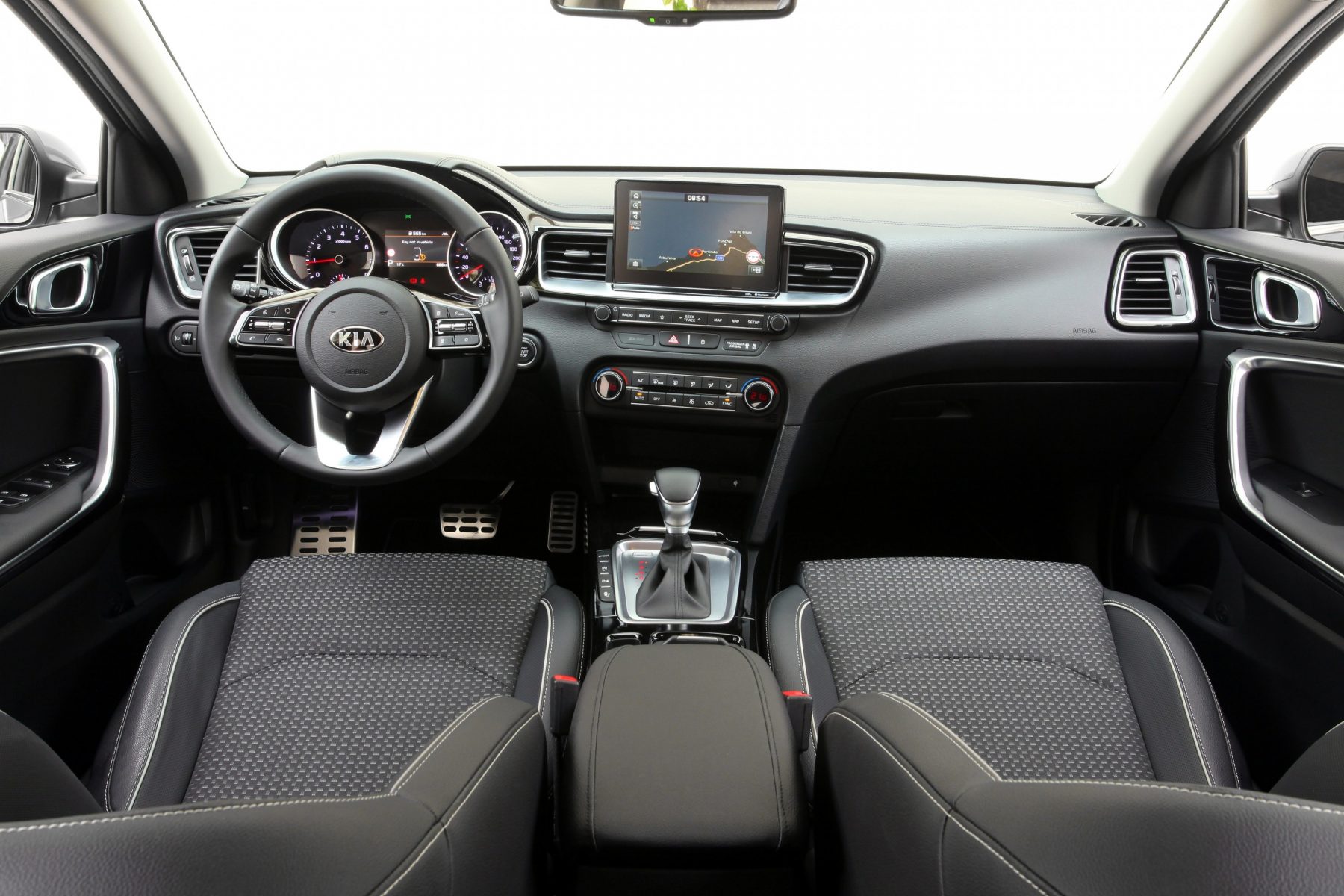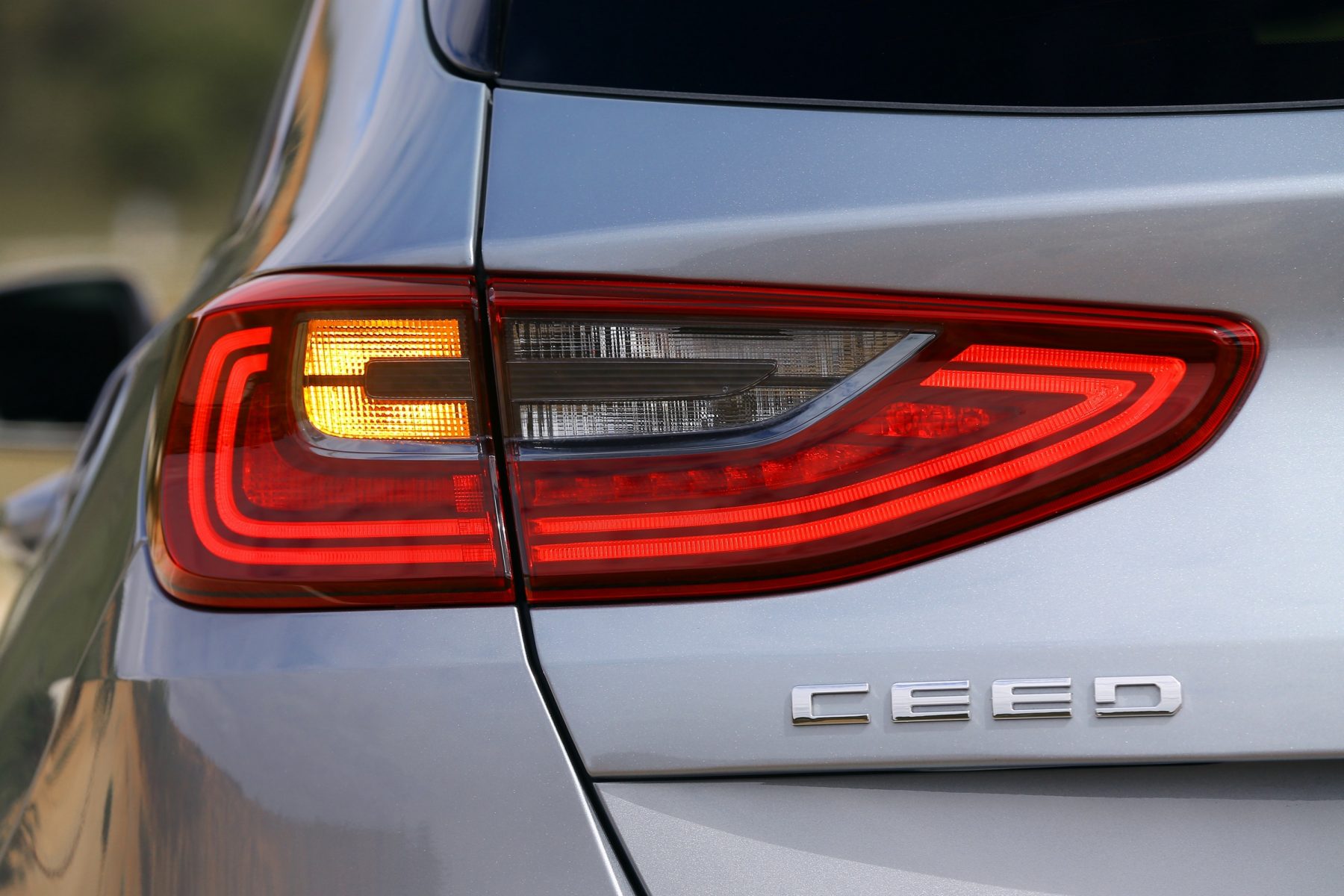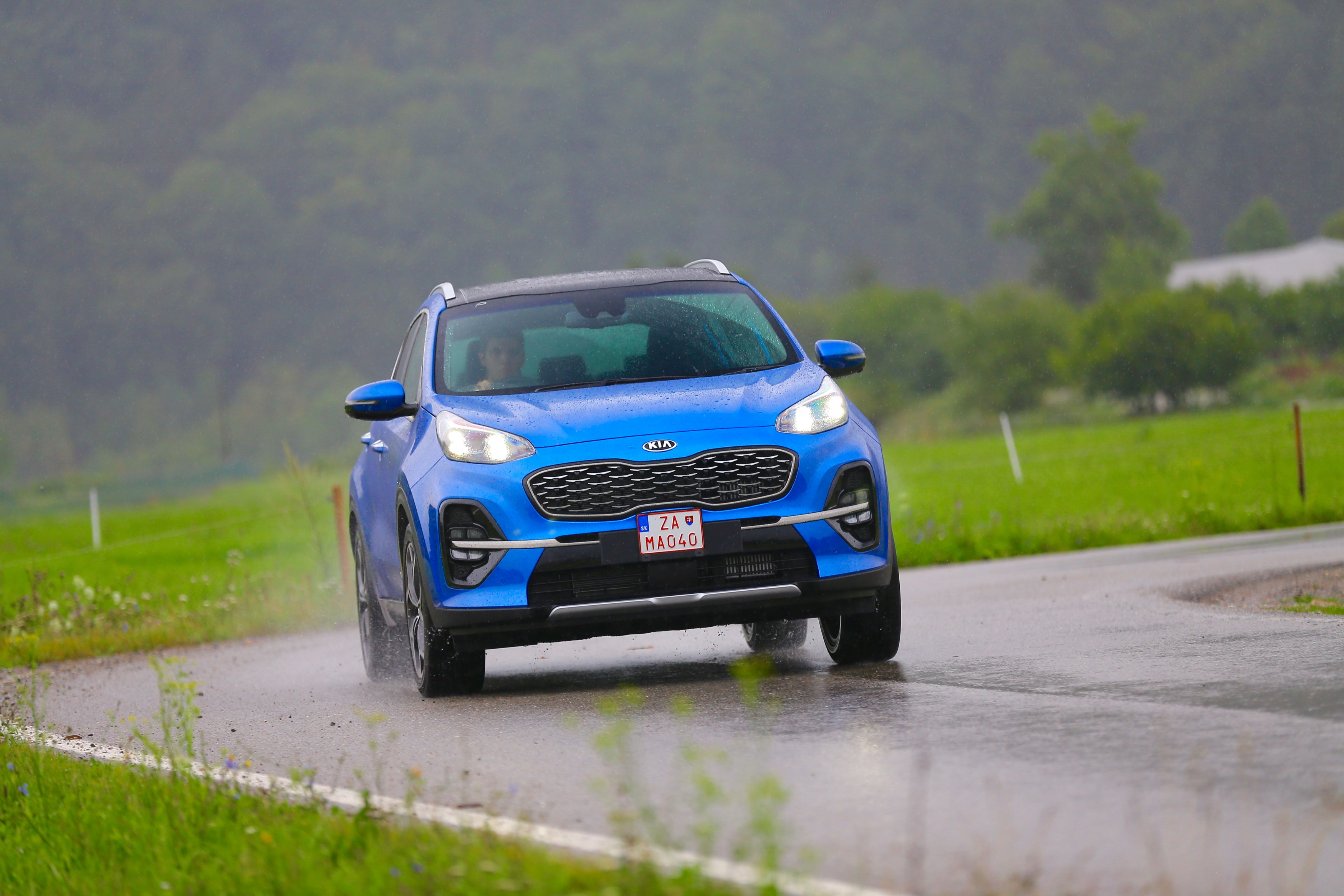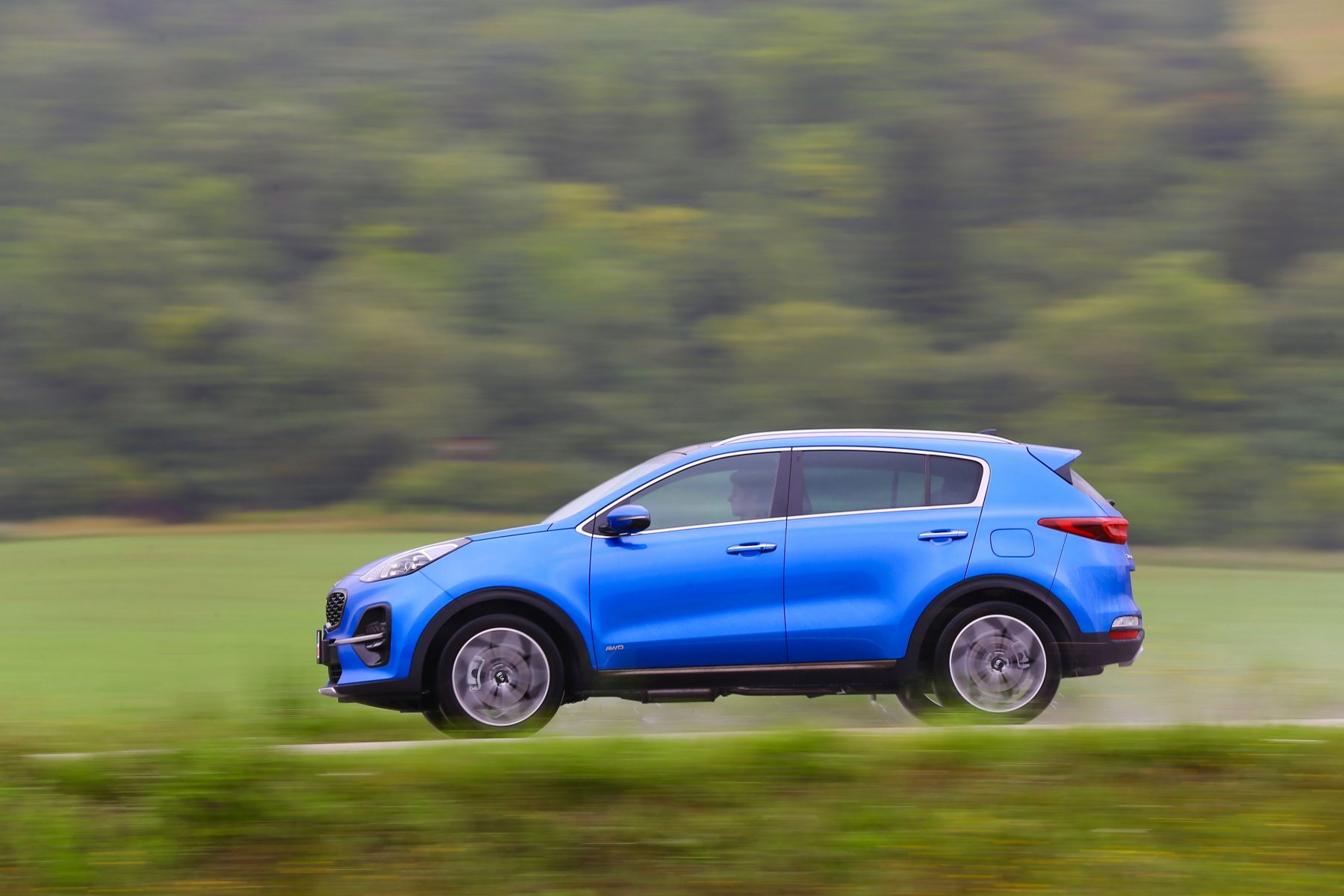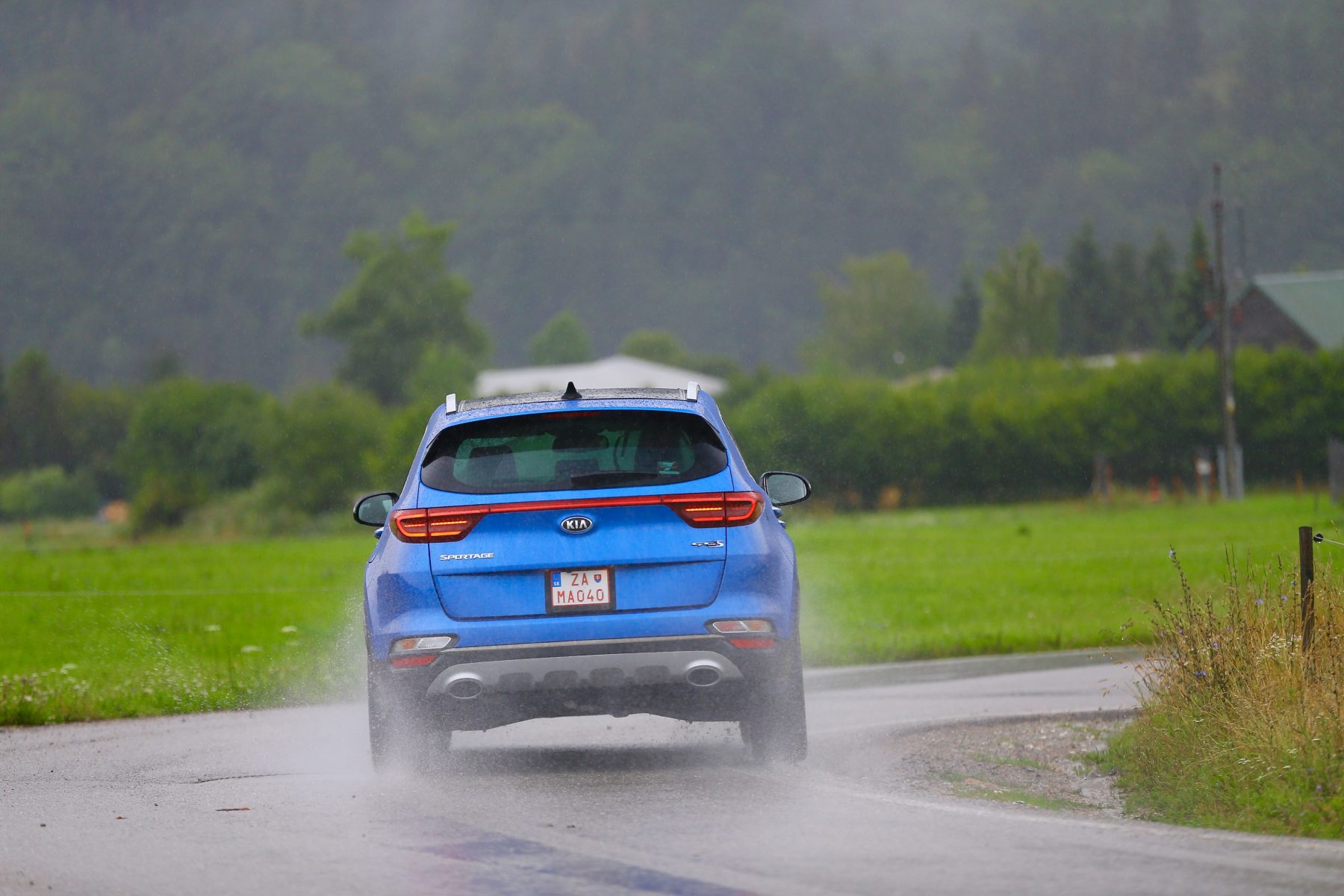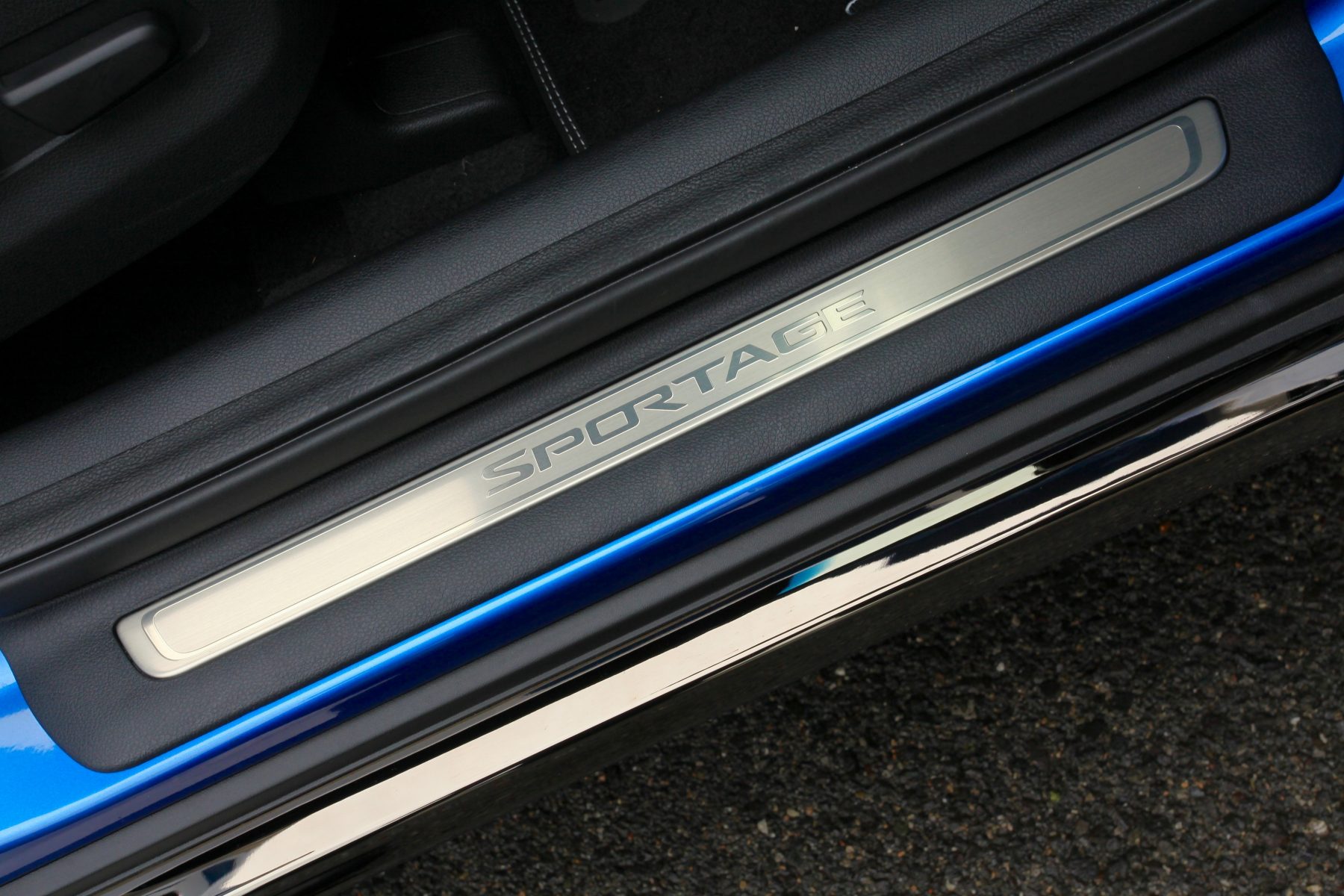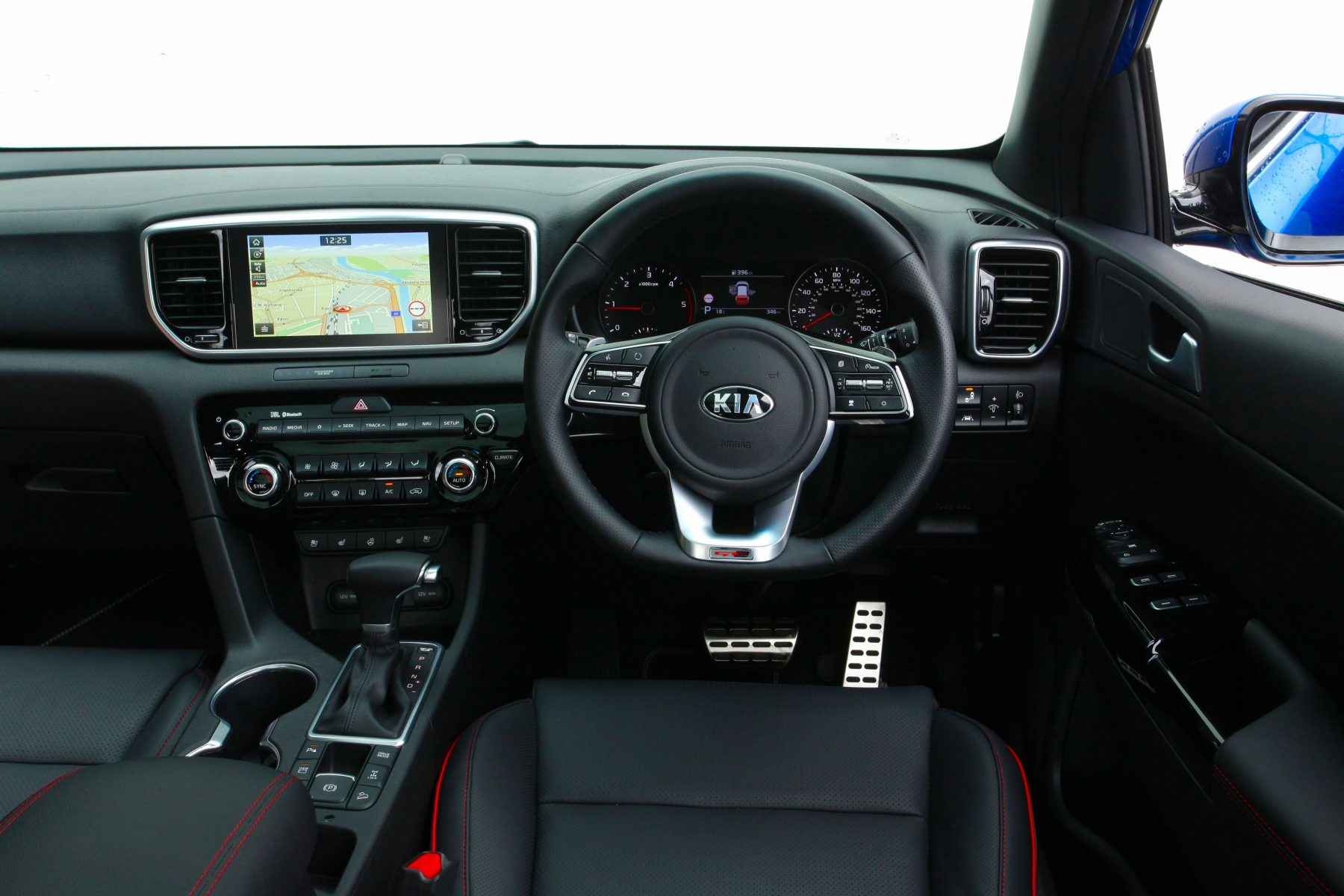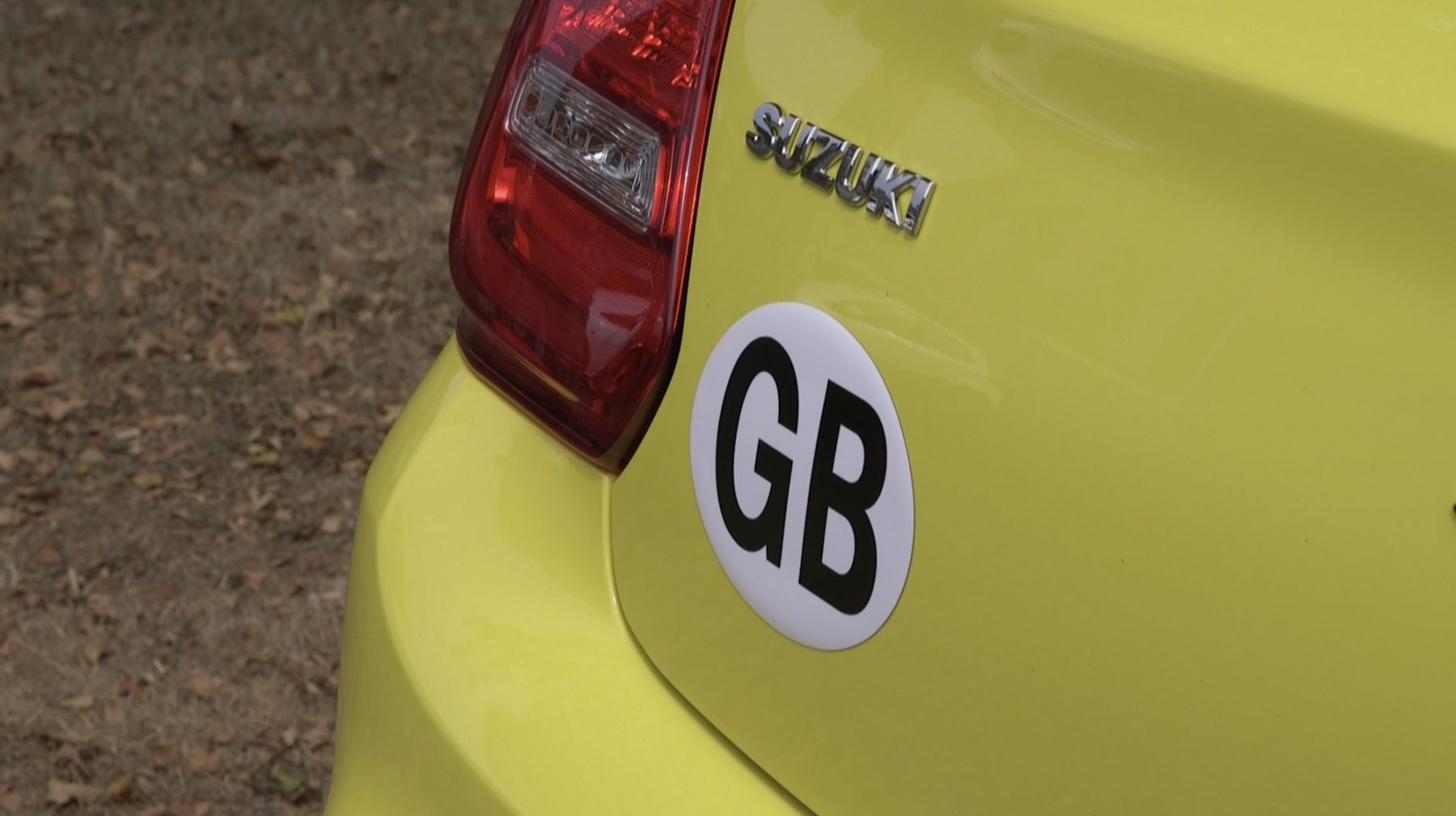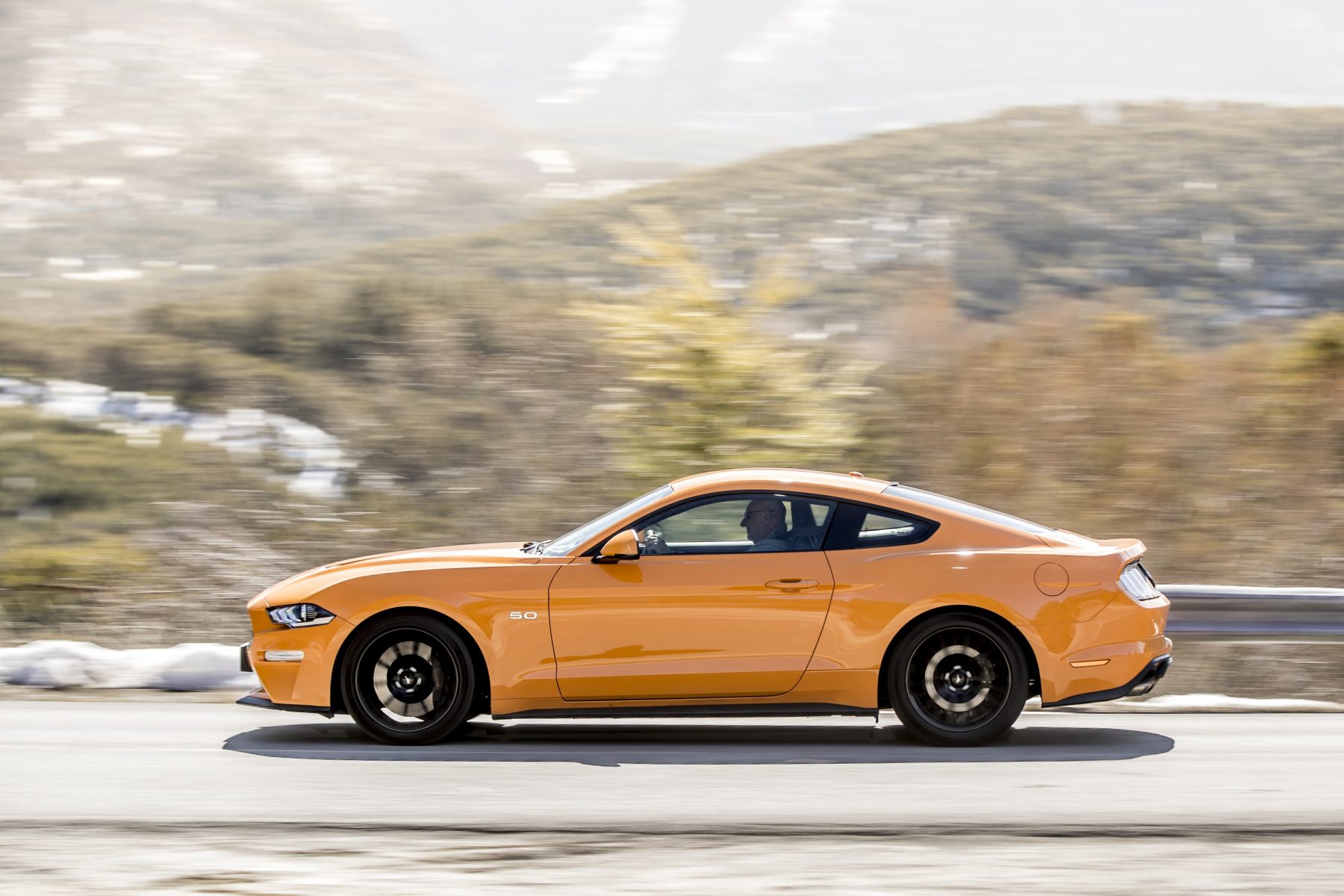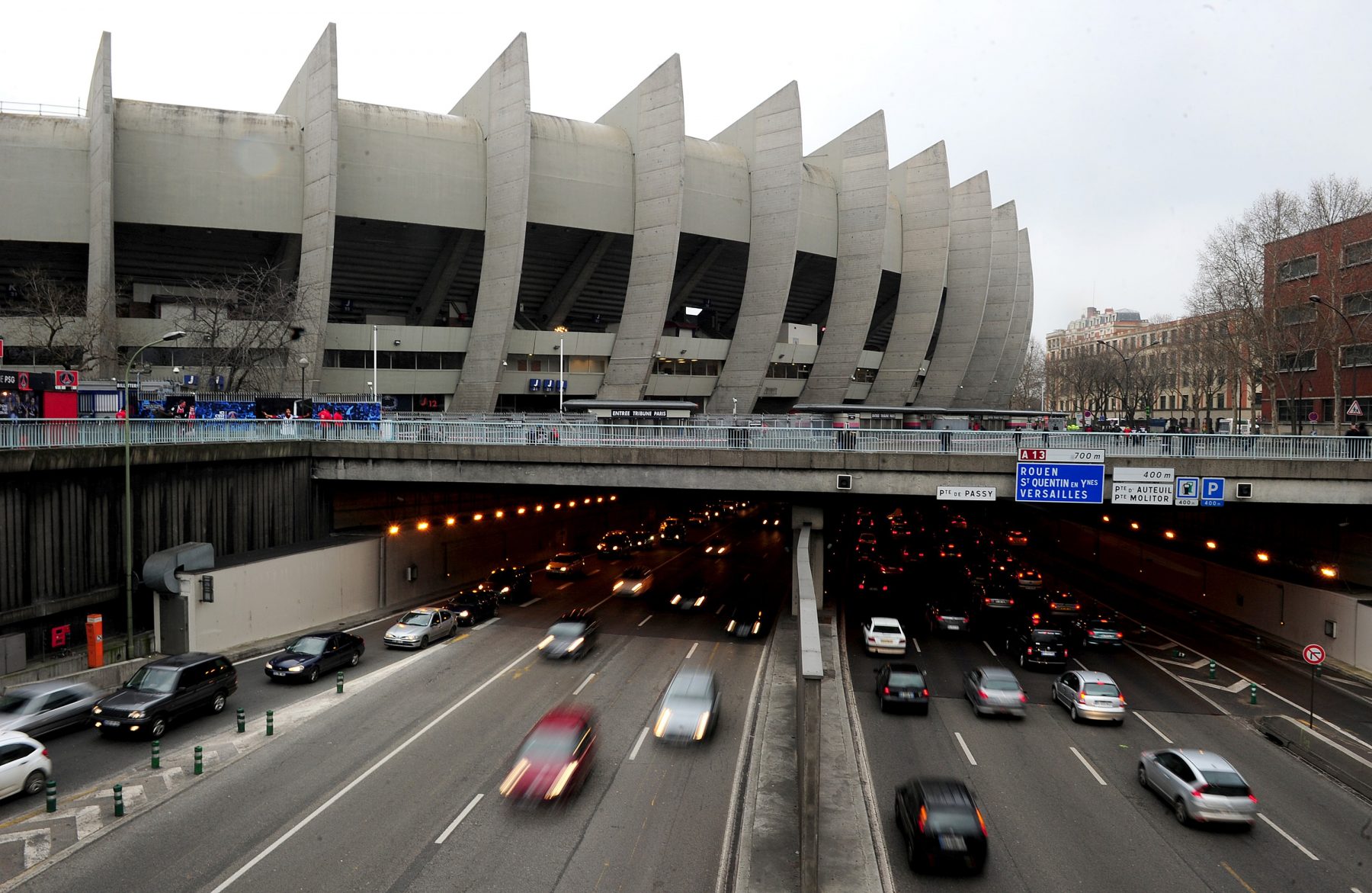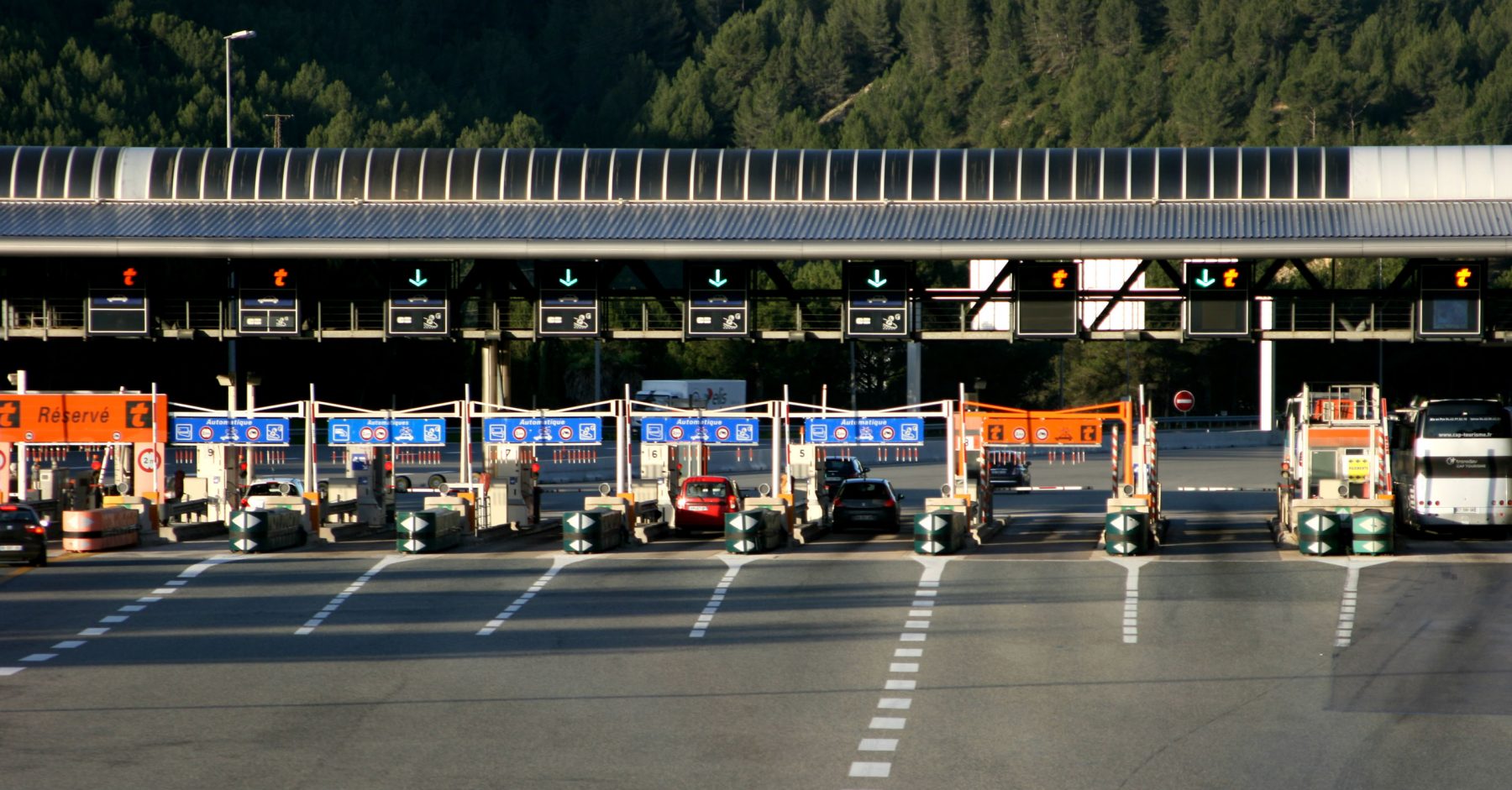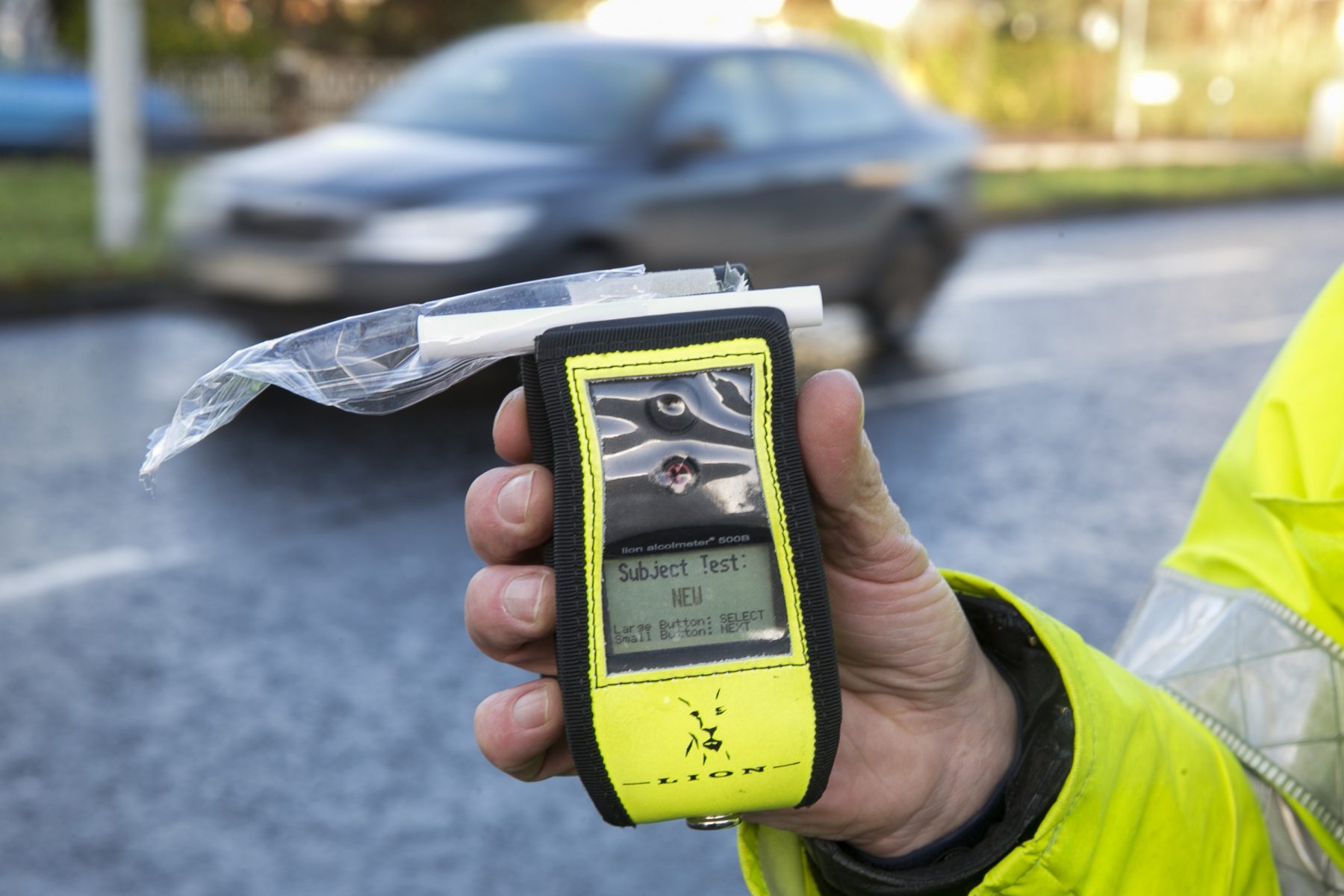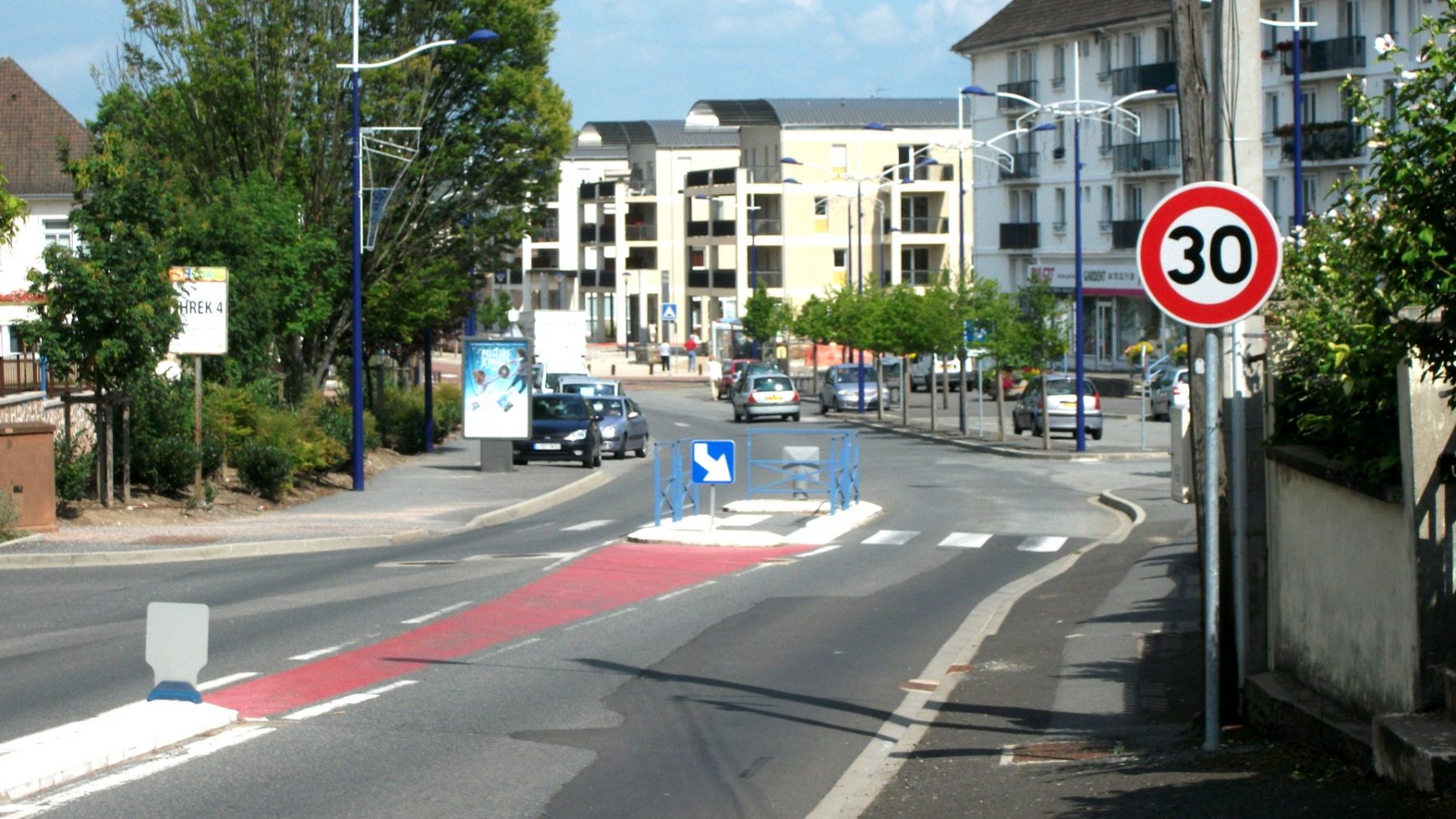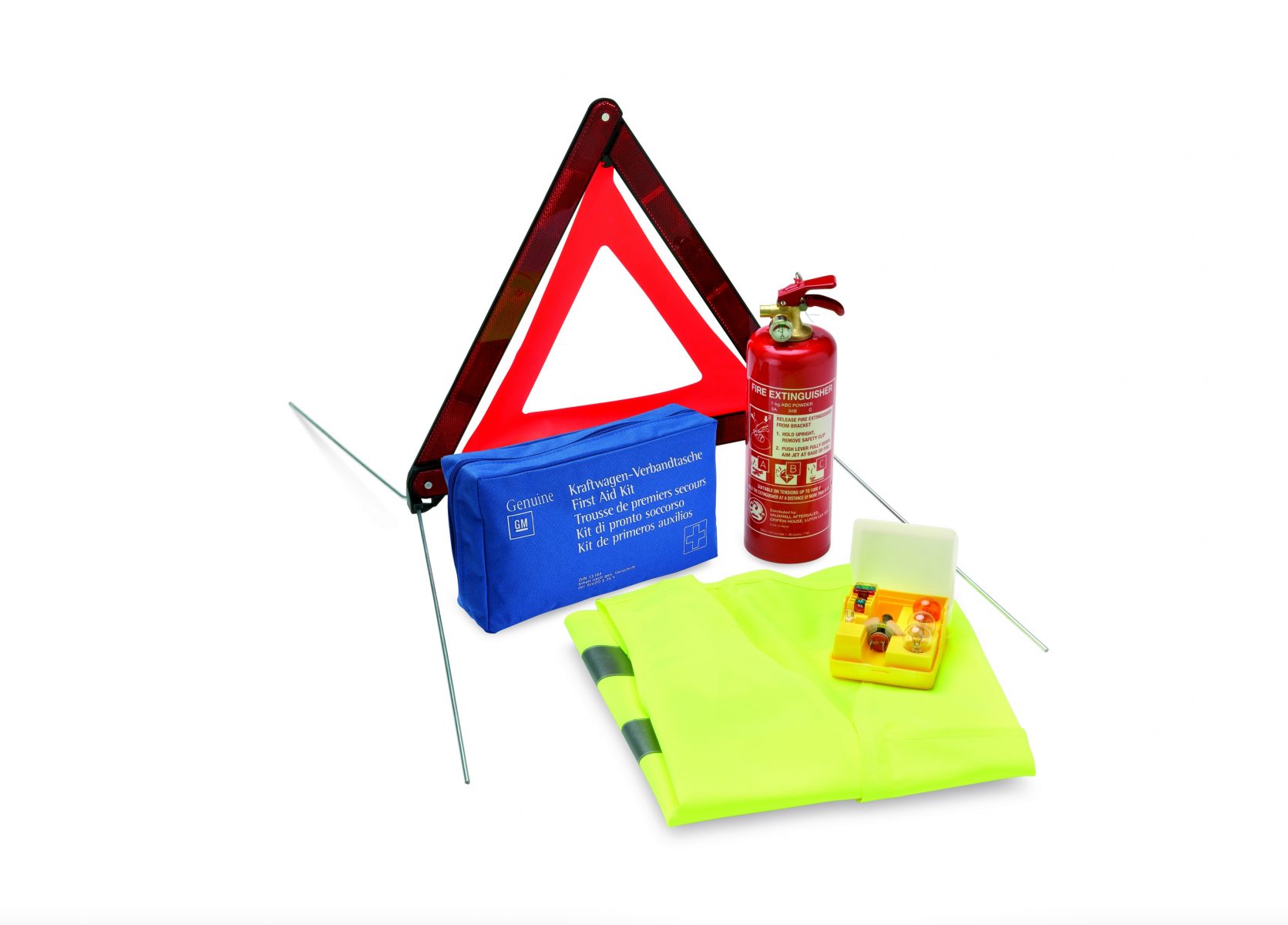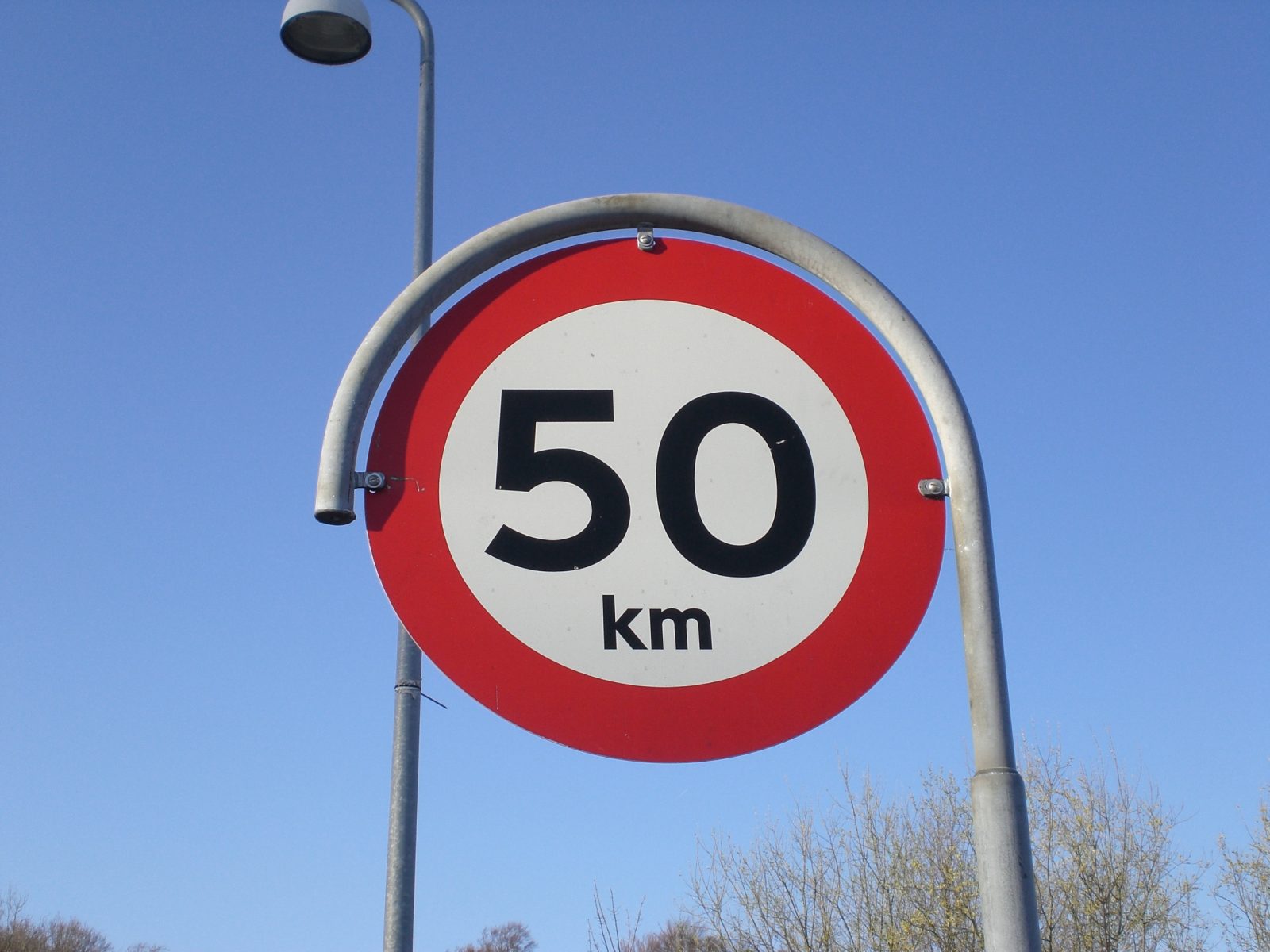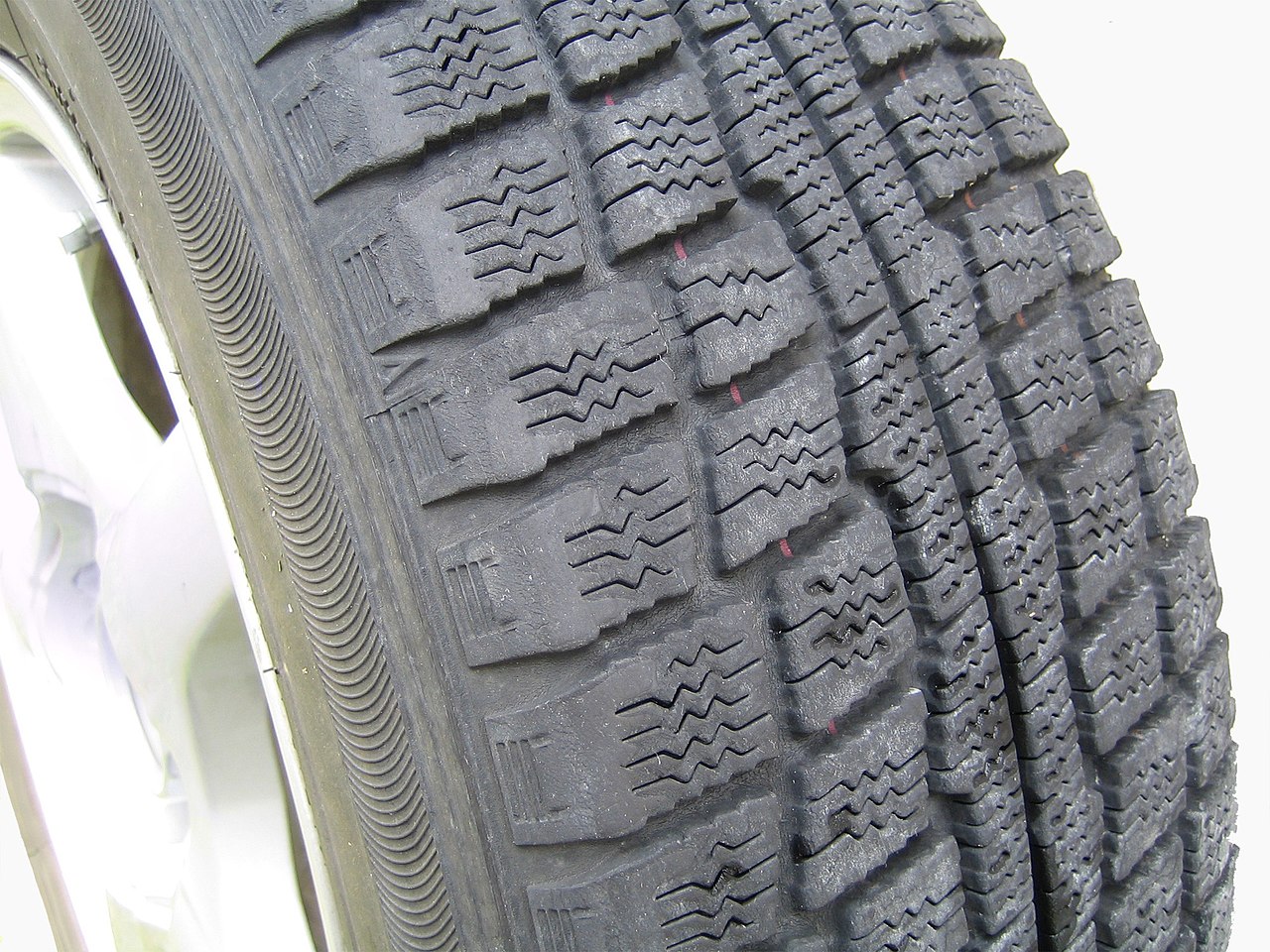What is it?
That’s right, it’s finally here. After years of teasers, reveals and promises, we’re finally behind the wheel of the BMW i8 Roadster. A soft-top version of the iconic hybrid sports car, the Roadster is aimed at those who want the wind in their hair when piloting one of the most futuristic looking vehicles available. It’s also able to offer genuinely low running costs and emits next to nothing, but can that help the i8 Roadster to top the bill when it comes to performance drop-tops? Let’s find out.
What’s new?
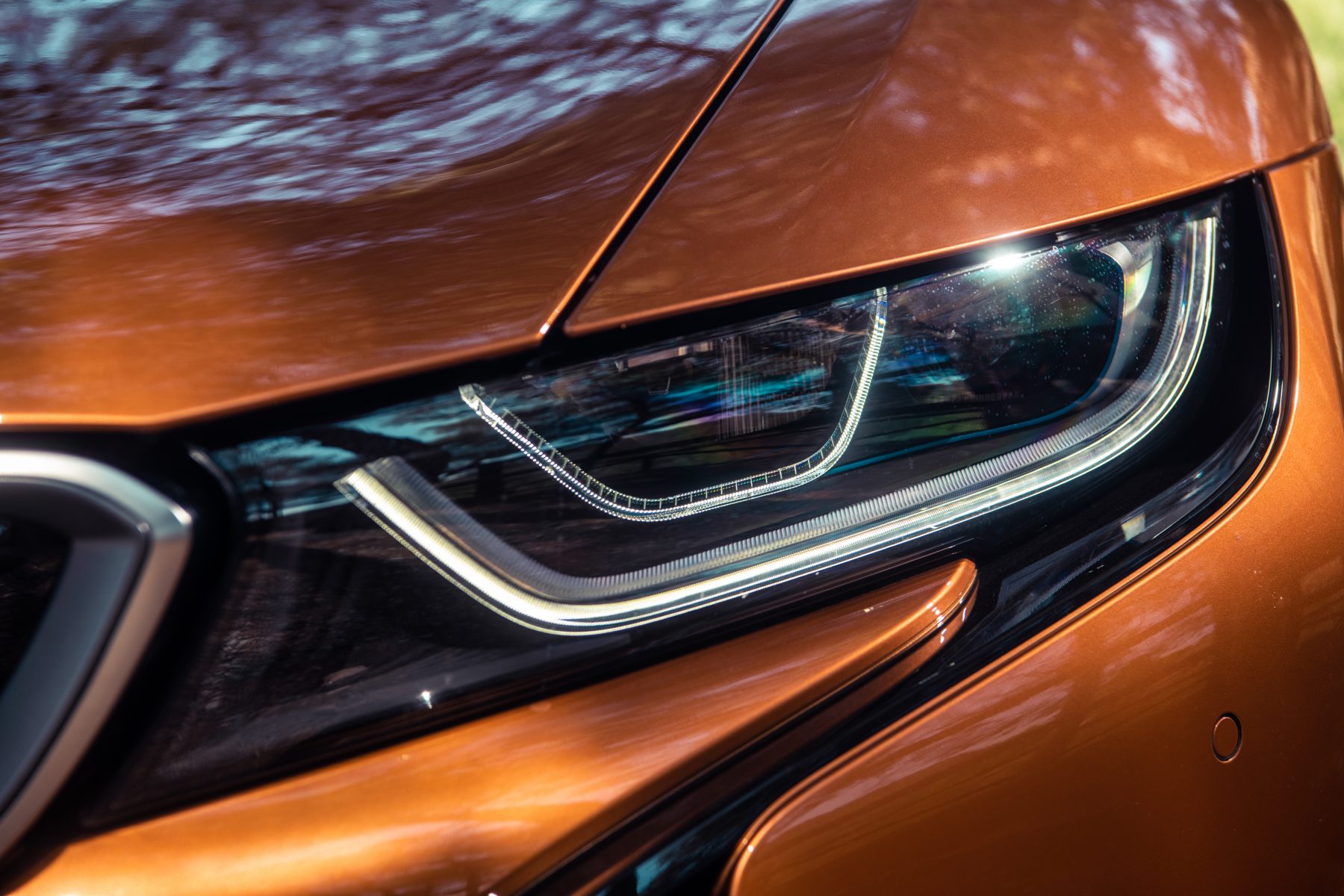
The biggest change here is, of course, the lack of a roof. BMW has whipped off the i8’s top and, because of its predominately carbon-fibre underbody, it hasn’t had to laden the car down with additional strengthening. That means the Roadster’s weight stays down, and as a result it’s just 60kg lighter than its hard-top brethren. The roof mechanism itself is clever too, taking just 15 seconds to raise or lower at speeds of up to 31mph. The exterior over the car has also been lightly breathed upon to freshen its looks, though we’ll come to those in more depth later.
What’s under the bonnet?
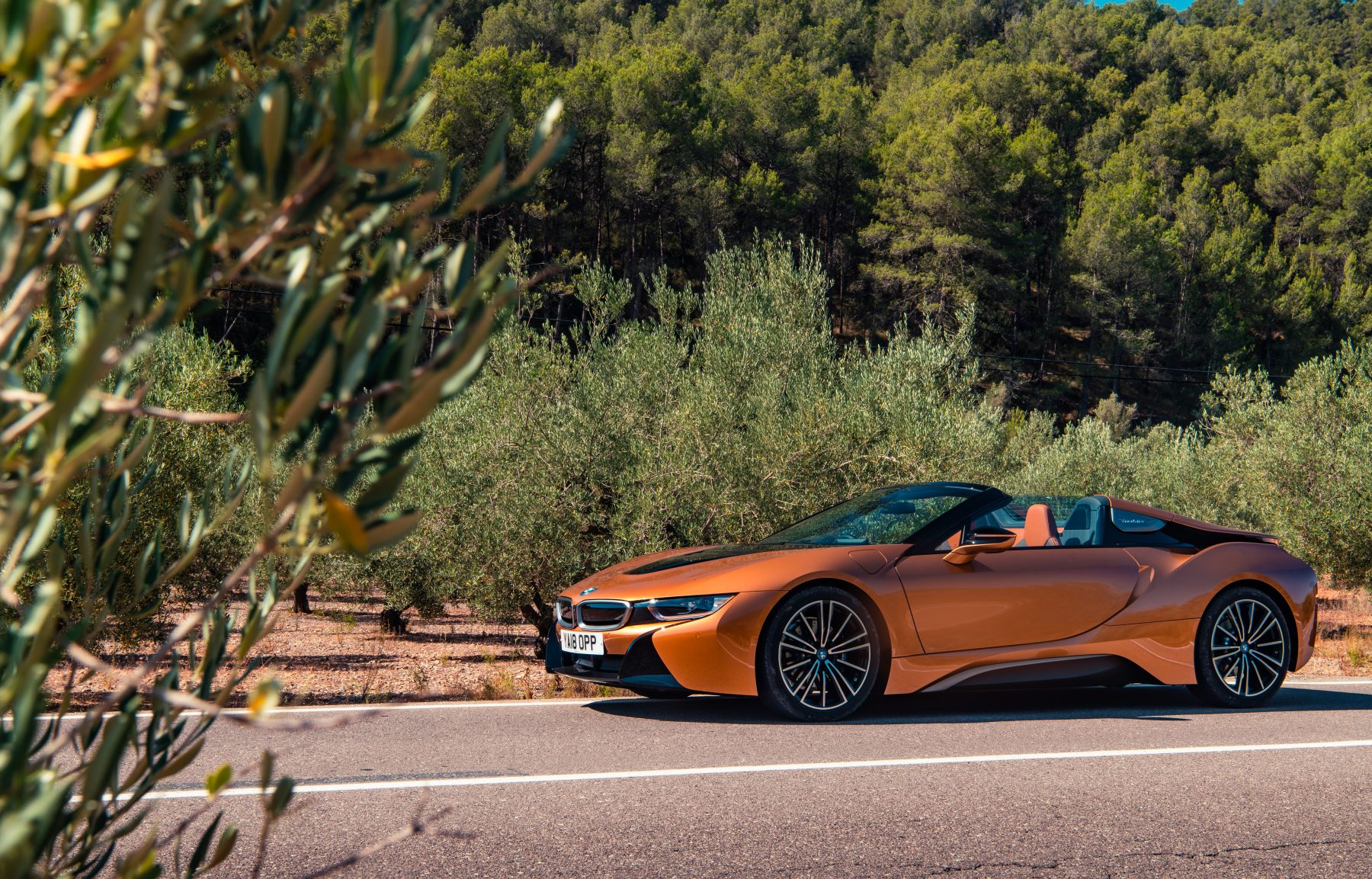
The i8 Roadster makes use of exactly the same powertrain as the regular i8, so you’ll find a 1.5-litre three-cylinder turbocharged petrol engine linked to an electric motor. The combustion engine powers the rear wheels via a six-speed automatic transmission, while the electric motor powers the front wheels through a two-speed automatic ‘box. BMW has also increased the car’s battery cell capacity, so while you still get 369bhp and 570Nm of torque, the Roadster can still travel up to 33 miles on electric power alone. Both units combine to offer the best performance possible, with the electric motor filling in the gaps of the petrol’s power delivery. Thanks to this, 0-60mph takes just 4.4 seconds, and it can a top speed of 155mph too.
What’s it like to drive?
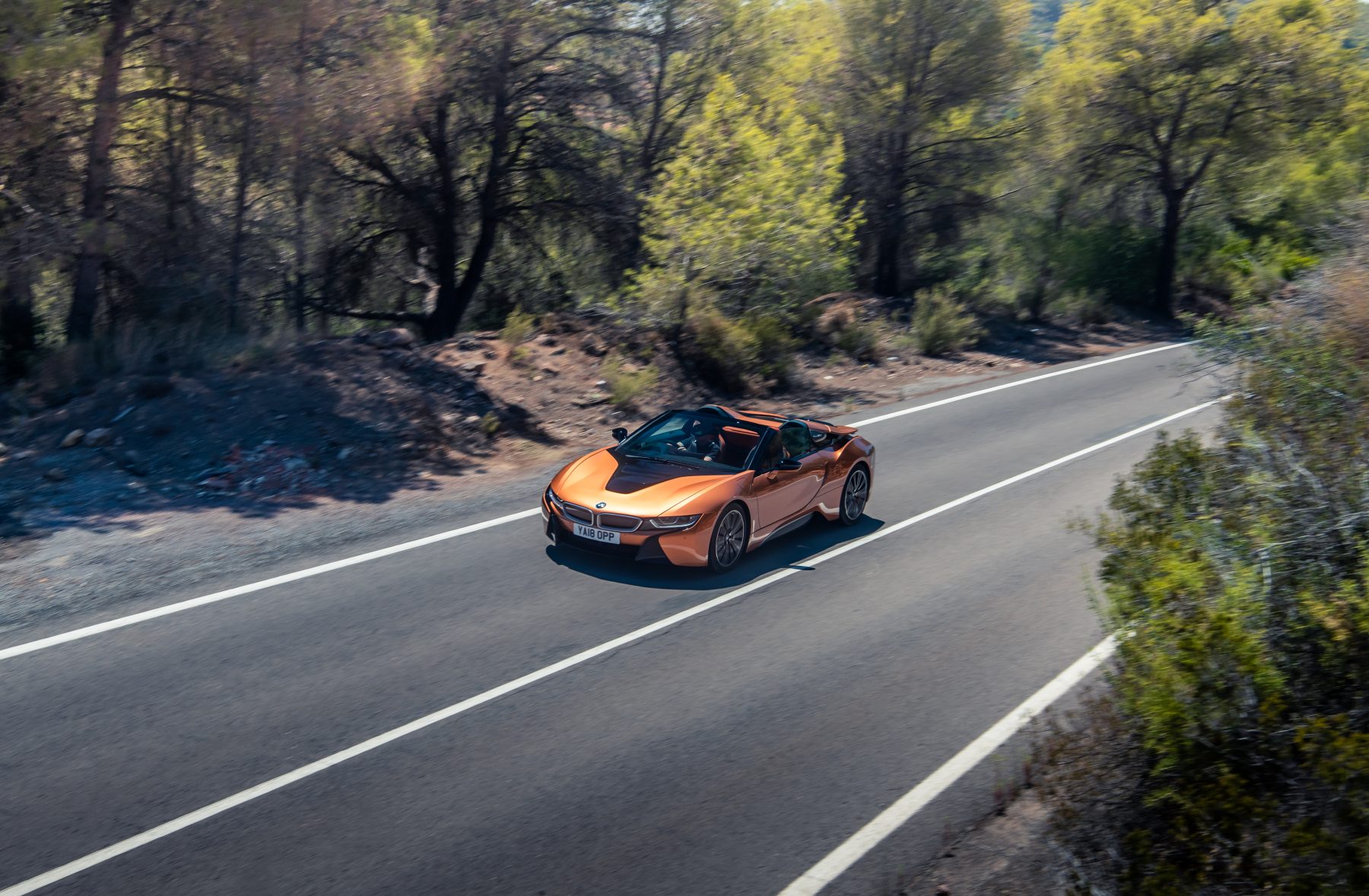
Usually when converting a regular hardtop into a convertible, you’d expect a significant penalty to the way the car drives. Lopping the roof off usually requires additional bracing to stop the car from flexing too much, and this adds weight, therefore blunting the vehicle’s performance. However, as we mentioned, the i8 Roadster hasn’t suffered too much with the conversion, with a negligible amount of weight added. This means that it steers just as keenly as the Coupe, and manages the weight it does have impressively well through the corners.
Push the i8 Roadster a little harder and it does fall into understeer, the front tyres scrubbing wide with little effort. We’d also like the brakes to be sharper; currently they feel underpowered and vague, leaving you guessing as to how much pedal force you need apply at any given moment.
How does it look?
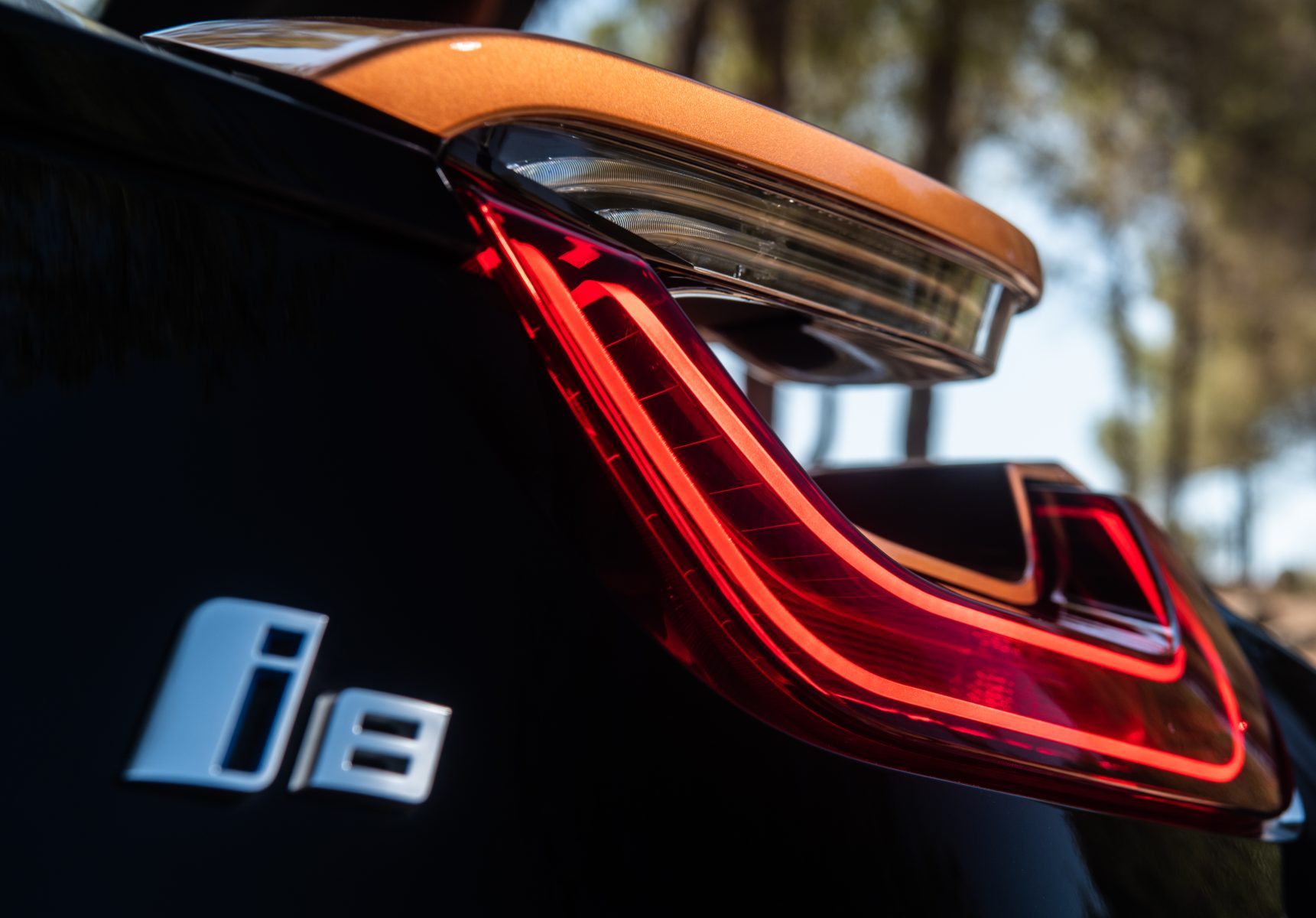
The regular i8 still looks like nothing else on the road, despite having been around for some time now. The Roadster, in our eyes at least, looks even better – particularly in the ‘E-Copper’ colour our test car was finished in. The bubbles behind driver and passenger have been accentuated, giving it the look of a 1950’s racer, while the two-tone alloy wheels fitted to our test car stood out too.
The front of the car has benefited from some additional design touches too. There are revised air ducts finished in gloss black, while the headlight’s look has been updated as well. It’s still the i8 motoring fans know and love, just turned up a little bit more.
What’s it like inside?

The i8 Roadster’s interior remains largely unchanged over the Coupes, though it does benefit from the addition of a few new colour and material combinations. It’s still a well-made place to be, albeit one that is starting to feel its age a touch now; the screen, though clear, isn’t quite as pin-sharp as rival systems while the multifunction steering wheel hasn’t got the features you’ll find on other current BMWs.
The Roadster, does however, have practicality on its side. Though soft-tops are usually the less spacious option, this i8 packs more luggage space than its hard-top stablemate. In fact, you’ll find 188 litres of storage space in the Roadster – close to 35 litres more than the Coupe.
What’s the spec like?
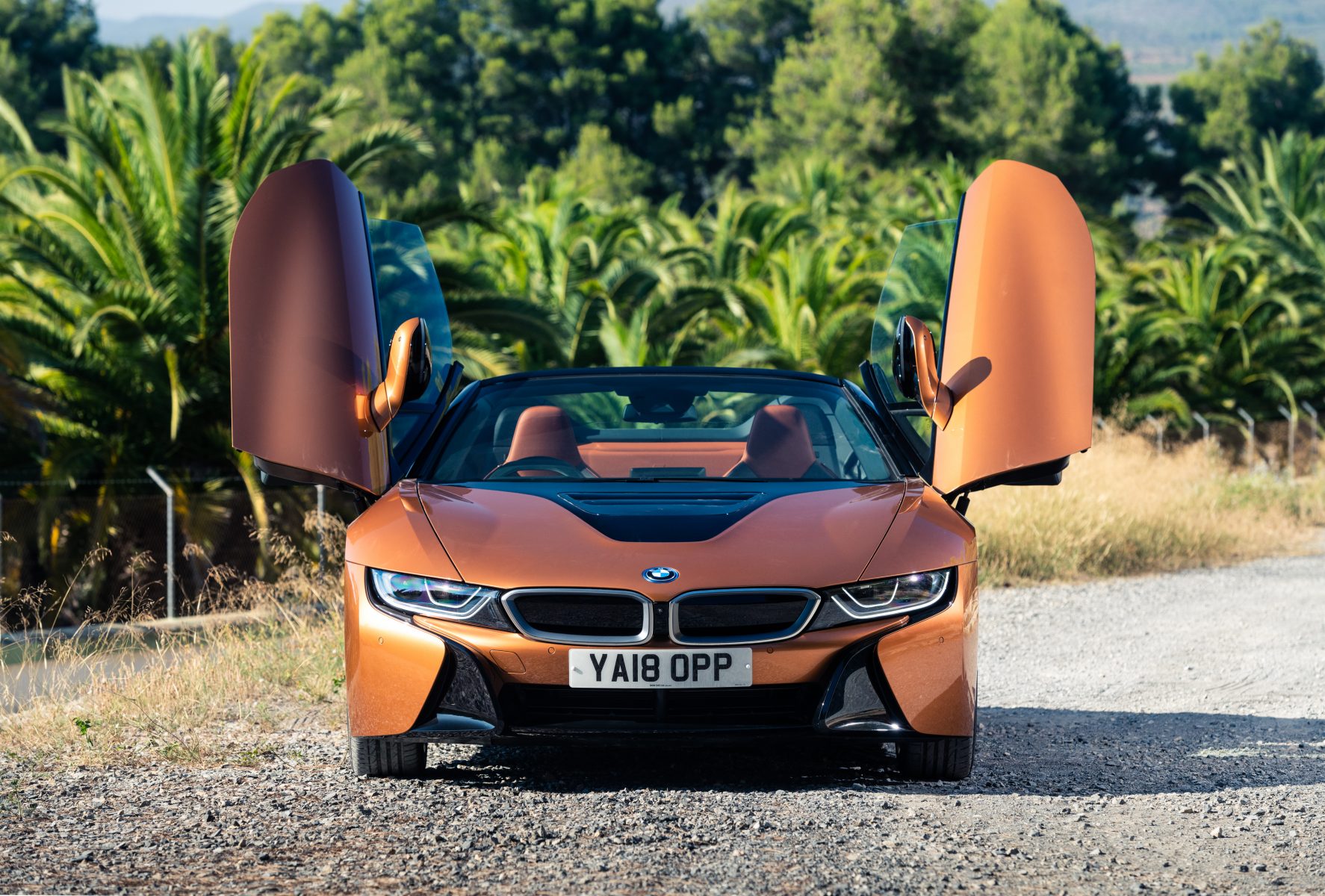
Prices for the i8 Roadster start at £124,735, there’s plenty of equipment included as part of that base price. You get 20-inch alloy wheels, for instance, and full leather upholstery too, while a suite of safety assistance systems such as forward collision warning, city collision mitigation and high beam assistant all help to keep the Roadster as safe as possible.
It can be easy to ramp up the car’s price however. Apple CarPlay, for instance, is a £235 optional extra – which seems a little mean given it is standard on the majority of hatchbacks currently on sale today. Our test car weighed in at a hefty £135,075, with options such as LaserLight headlights (£5,100) contributing to its rather chunky price tag.
Verdict
BMW already claims that the Roadster will outsell the Coupe three to one – and we’d we can already see that being the case. There’s little reason why you wouldn’t go for the soft top; it’s quick, great to look at and its roof mechanism is simple and easy to use. The hybrid powertrain keeps running costs to a minimum, yet despite there’s a whole lot of performance accessible under your right foot. It’s an impressive car alright, and one you’d likely never tire of driving.
Facts at a glance
Model as tested: BMW i8 Roadster
Price: £135,810 (€171,390)
Engine: 1.5-litre turbocharged petrol linked to electric motor
Power: 369bhp
Torque (Nm): 570Nm
Max speed (mph): 155
0-60mph: 4.4
MPG: 141.9
Emissions (g/km): 46

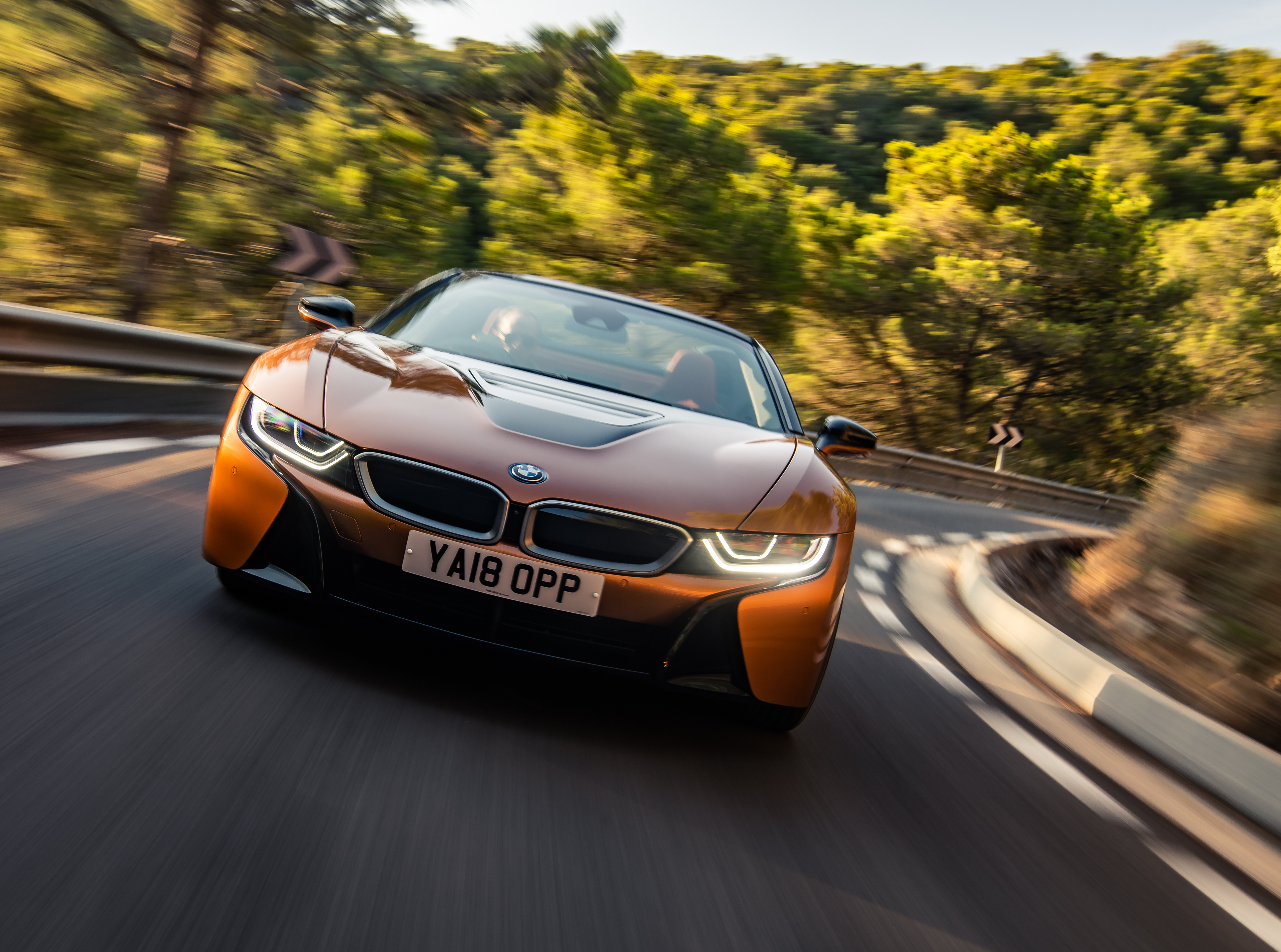

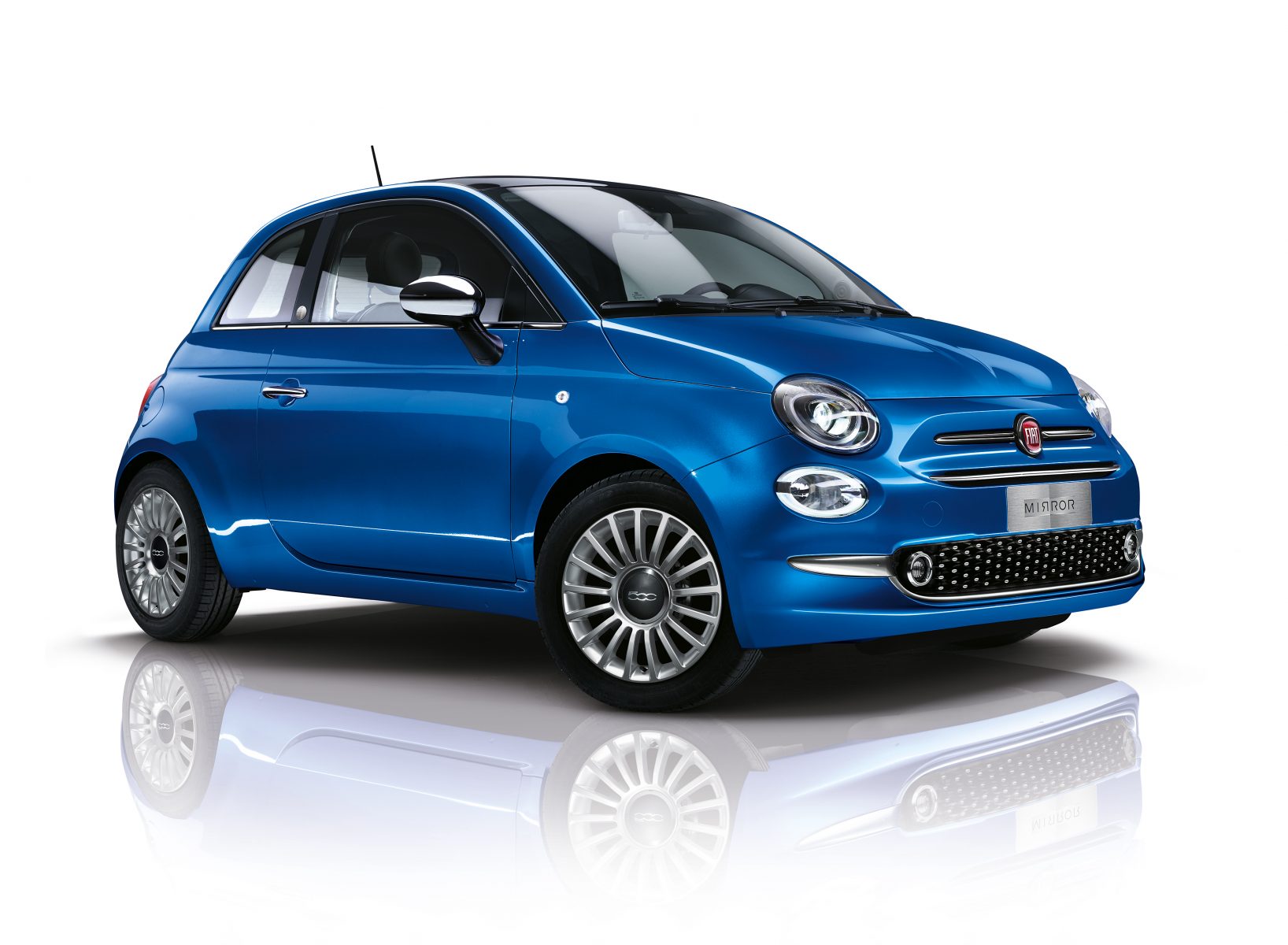 The re-introduction of the 500 could well be Marchionne’s greatest achievement. Releasing this new-retro model when such cars were at their peak was a brilliant move, and the car continues to sell almost a dozen years after its introduction.
The re-introduction of the 500 could well be Marchionne’s greatest achievement. Releasing this new-retro model when such cars were at their peak was a brilliant move, and the car continues to sell almost a dozen years after its introduction.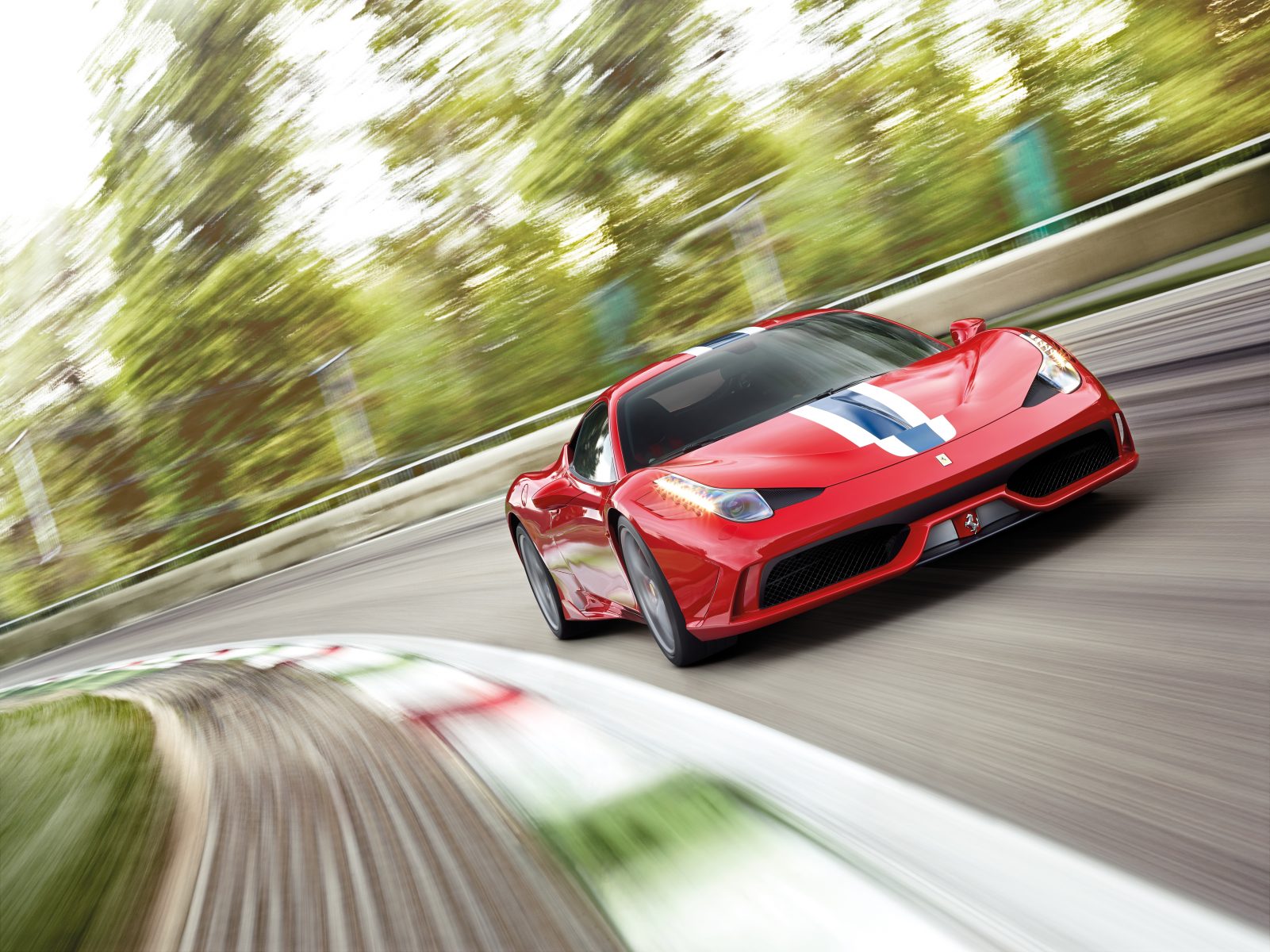 The last of a magnificent era, the 458 Speciale will likely be the last of the naturally-aspirated V8 supercars from Ferrari. This car is going to be priceless someday.
The last of a magnificent era, the 458 Speciale will likely be the last of the naturally-aspirated V8 supercars from Ferrari. This car is going to be priceless someday.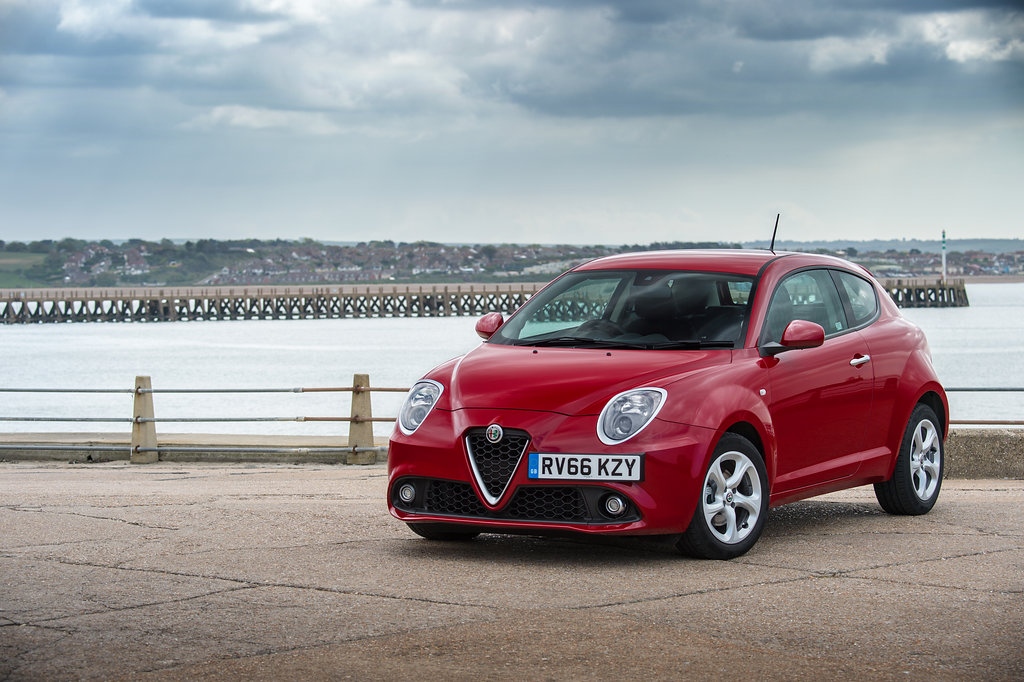 Based on the Fiat 500, the MiTo takes the faux-retro Fiat and turns it into a new breed of car to wear the Alfa badge. It’s an extremely pretty supermini, and a good choice if you want to separate yourself from the hoards of 500 owners.
Based on the Fiat 500, the MiTo takes the faux-retro Fiat and turns it into a new breed of car to wear the Alfa badge. It’s an extremely pretty supermini, and a good choice if you want to separate yourself from the hoards of 500 owners.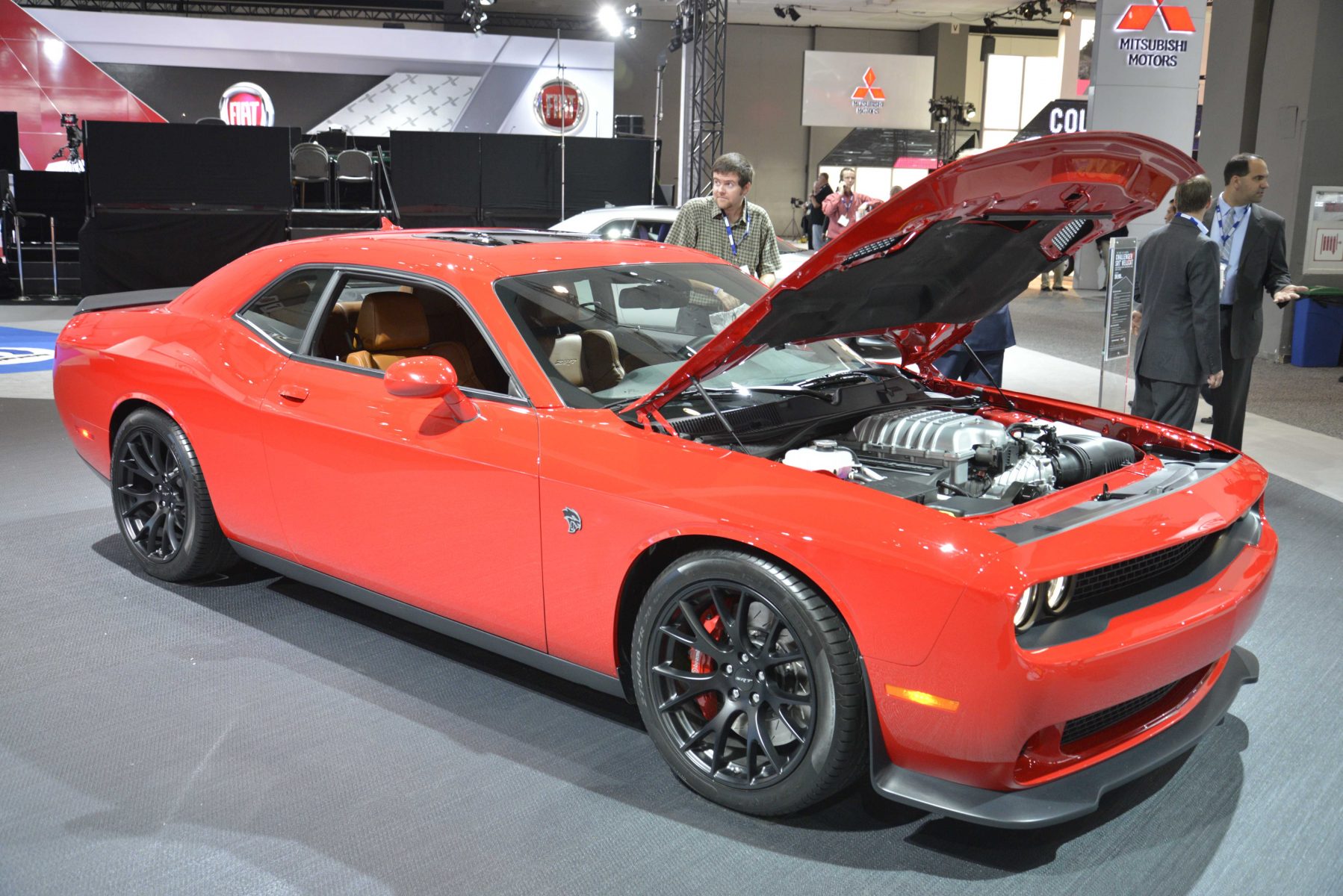 The Chrysler brands – especially Dodge – seem to have been empowered to go slightly mad during the Marchionne era. The 697bhp Hellcat is a truly steroidal muscle car, and things only got crazier with the 2017 Demon, which added another 100 ponies.
The Chrysler brands – especially Dodge – seem to have been empowered to go slightly mad during the Marchionne era. The 697bhp Hellcat is a truly steroidal muscle car, and things only got crazier with the 2017 Demon, which added another 100 ponies.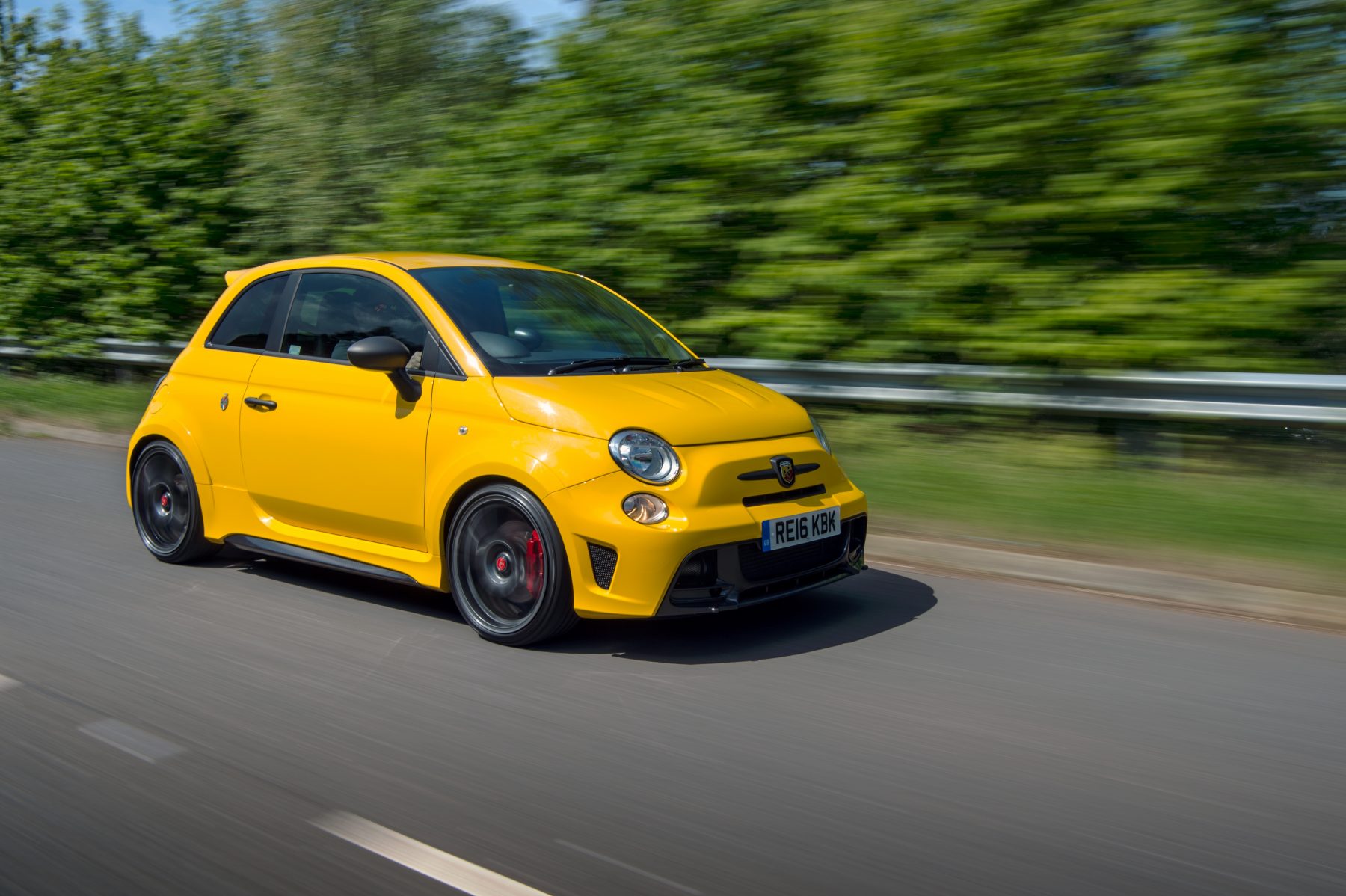 Imagine the Hellcat/Demon treatment being sprinkled onto a Fiat 500. Here’s the result. The 695 Biposto isn’t all about the figures, but putting a 187bhp engine into a well-sorted Italian city car is certainly something of a fever dream, and one we’re eternally glad happened.
Imagine the Hellcat/Demon treatment being sprinkled onto a Fiat 500. Here’s the result. The 695 Biposto isn’t all about the figures, but putting a 187bhp engine into a well-sorted Italian city car is certainly something of a fever dream, and one we’re eternally glad happened.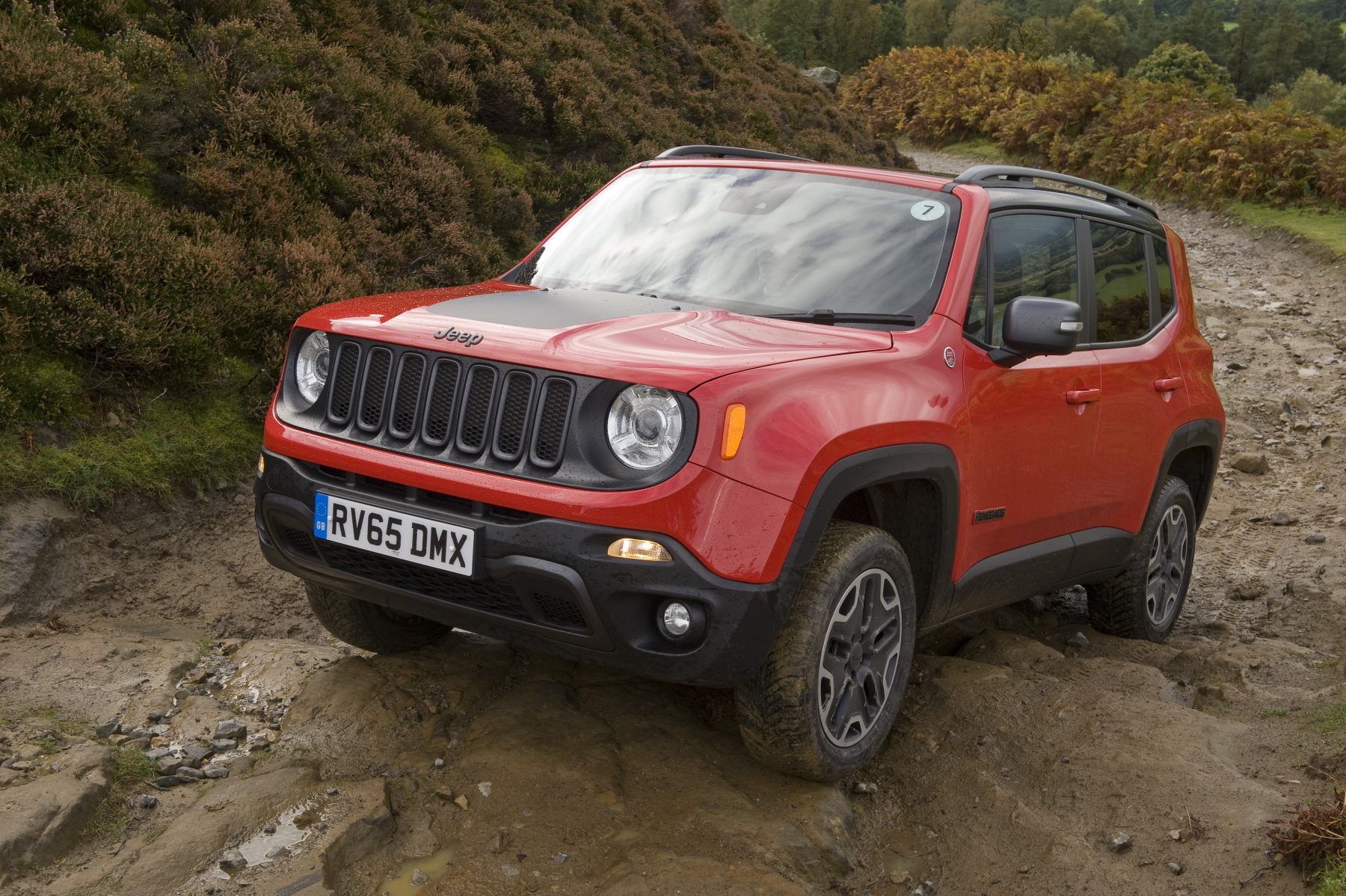 Jeep has certainly benefitted from Marchionne’s leadership, coming out of its shell and into the 21st century. The Renegade is a great example of that, and since reaching most markets in 2015, half a million have been sold. You can’t argue with sales!
Jeep has certainly benefitted from Marchionne’s leadership, coming out of its shell and into the 21st century. The Renegade is a great example of that, and since reaching most markets in 2015, half a million have been sold. You can’t argue with sales!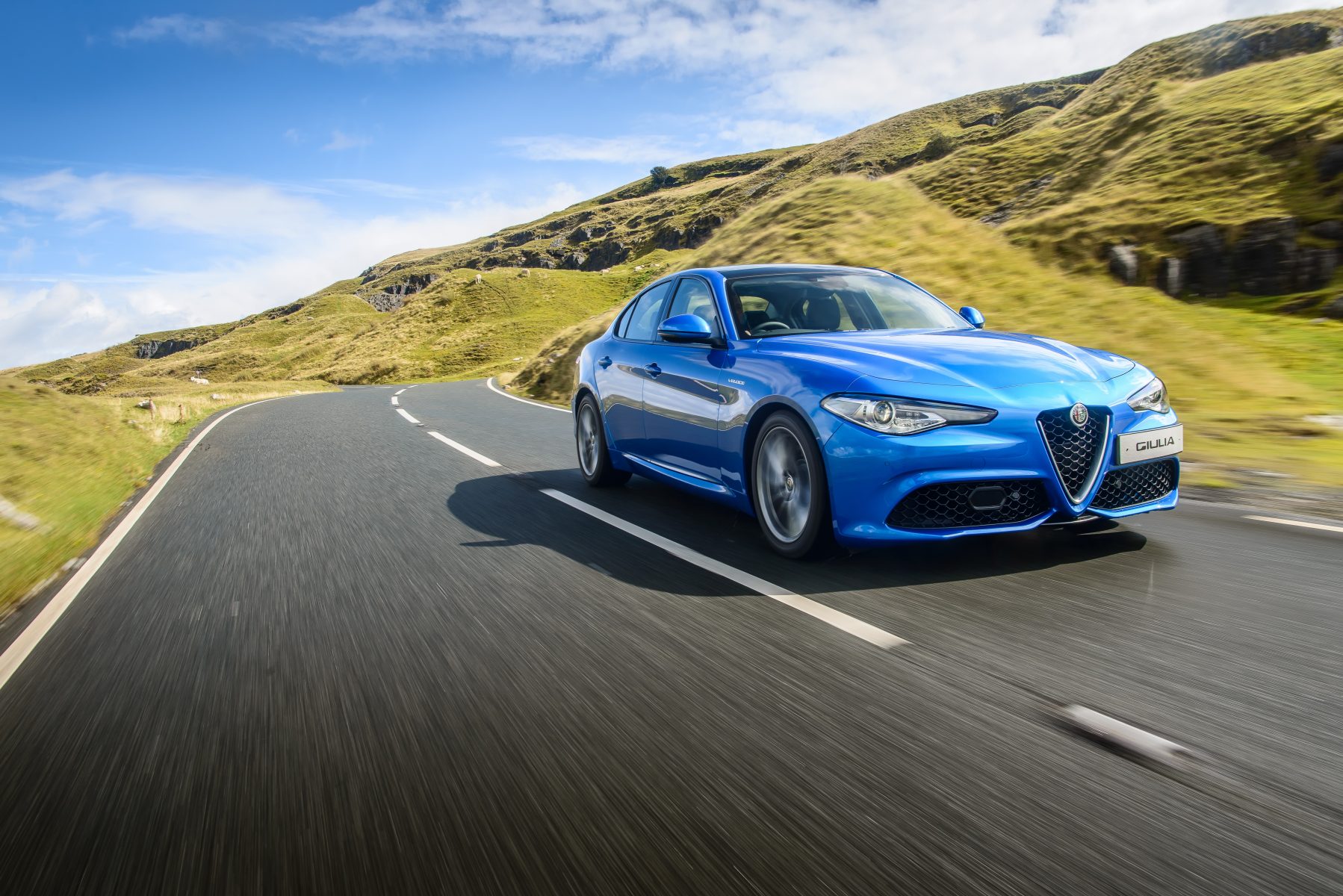 The day of the soul-less Alfa Romeo is over, thanks to the drivable, well-sorted Giulia. It’s a brilliant car overall, and in full-fat, 503bhp Quadrifoglio spec, it makes an incredible performance saloon too.
The day of the soul-less Alfa Romeo is over, thanks to the drivable, well-sorted Giulia. It’s a brilliant car overall, and in full-fat, 503bhp Quadrifoglio spec, it makes an incredible performance saloon too.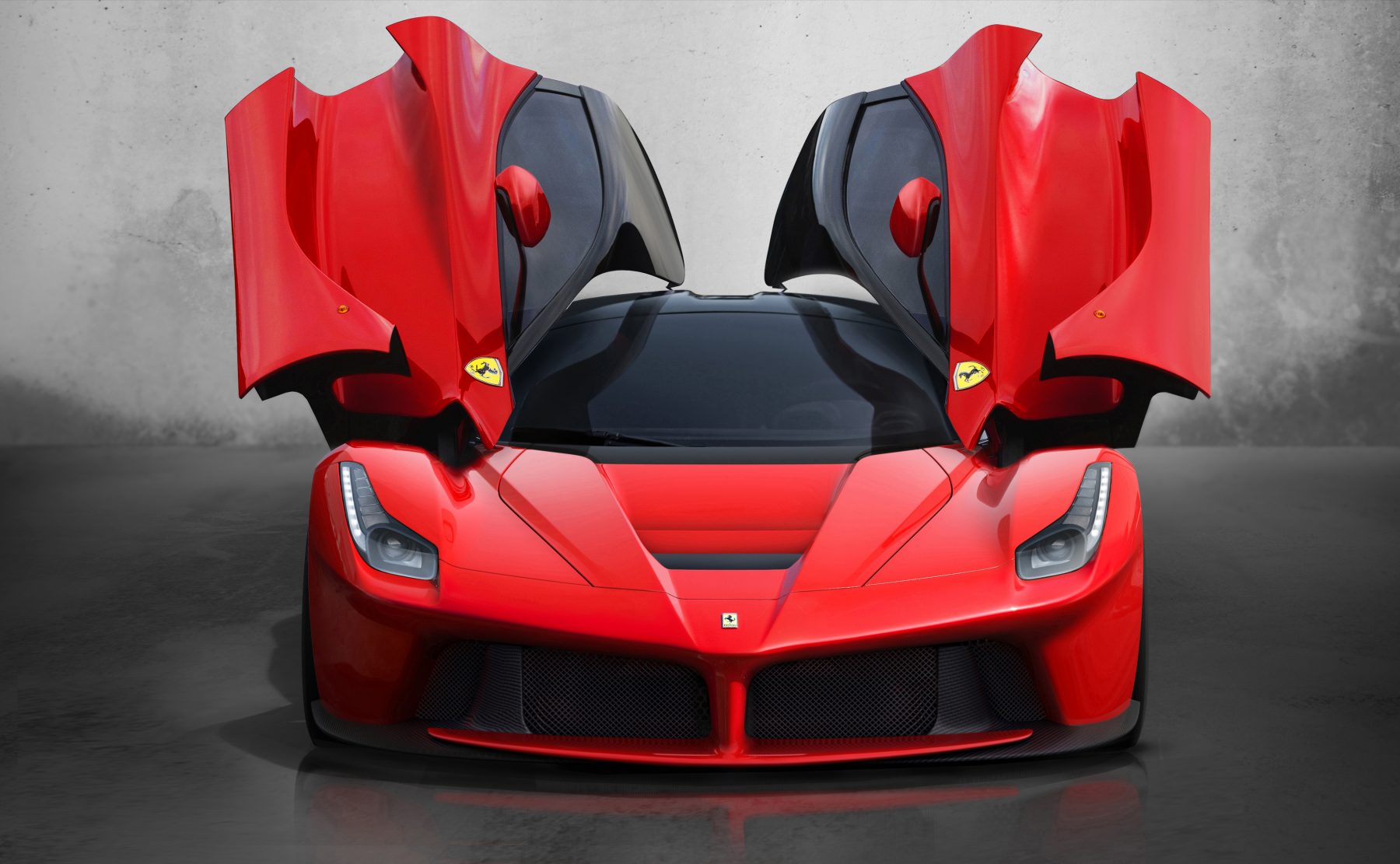 Since the F40, Ferrari has made a once-per-decade habit of strutting its stuff with an epic hypercar. The LaFerrari is its hypercar for the 2010’s, combining the iconic V12 with a KERS hybrid system. To put it simply, it works – and works incredibly well.
Since the F40, Ferrari has made a once-per-decade habit of strutting its stuff with an epic hypercar. The LaFerrari is its hypercar for the 2010’s, combining the iconic V12 with a KERS hybrid system. To put it simply, it works – and works incredibly well.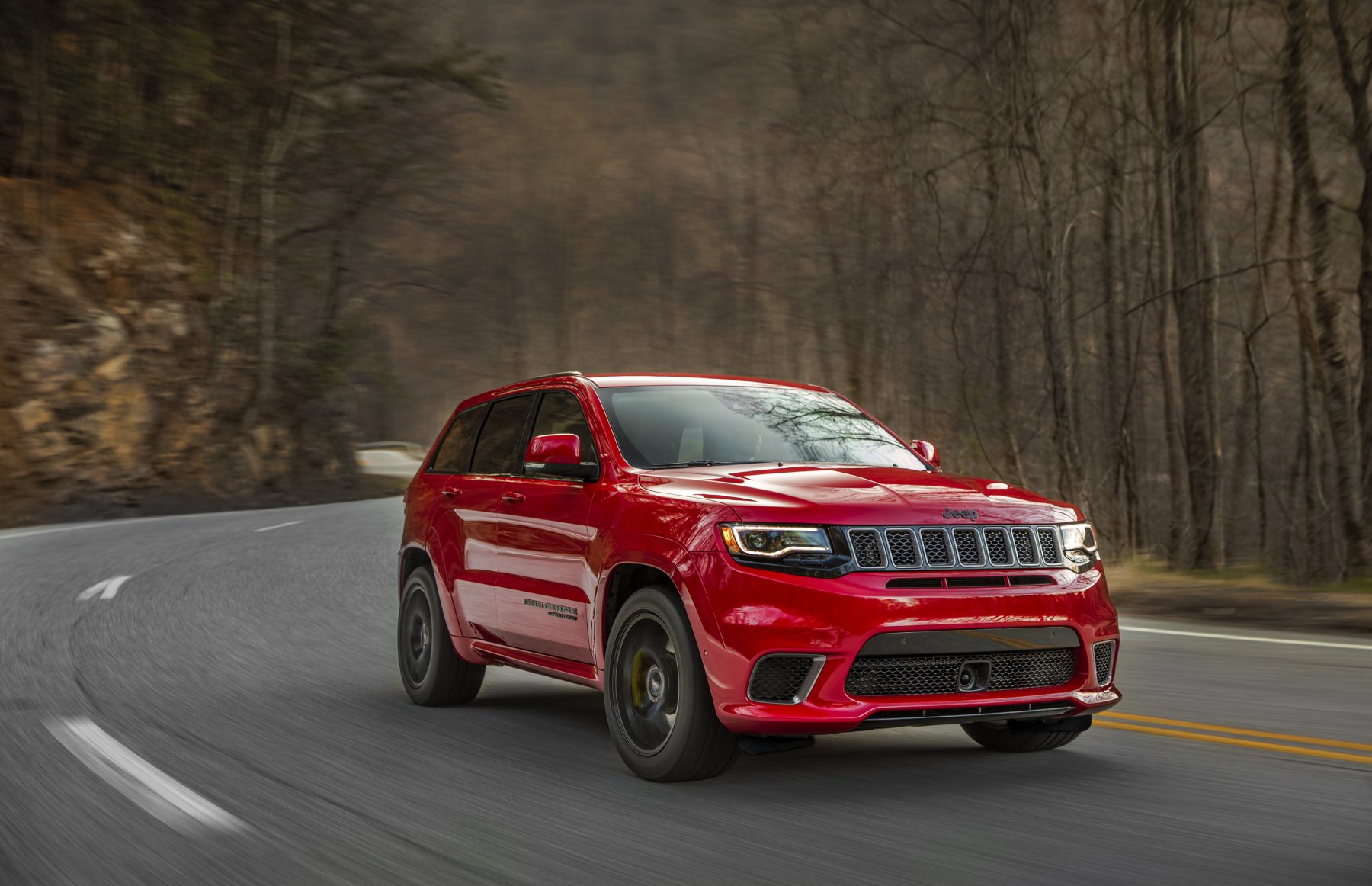 There are plenty of SUV’s that stake their claim to performance, without being able to live up to it – but the TrackHawk definitely can. Not only does it house the 697bhp V8 from the Challenger Hellcat, but it also has a degree of agility it has no right to have.
There are plenty of SUV’s that stake their claim to performance, without being able to live up to it – but the TrackHawk definitely can. Not only does it house the 697bhp V8 from the Challenger Hellcat, but it also has a degree of agility it has no right to have.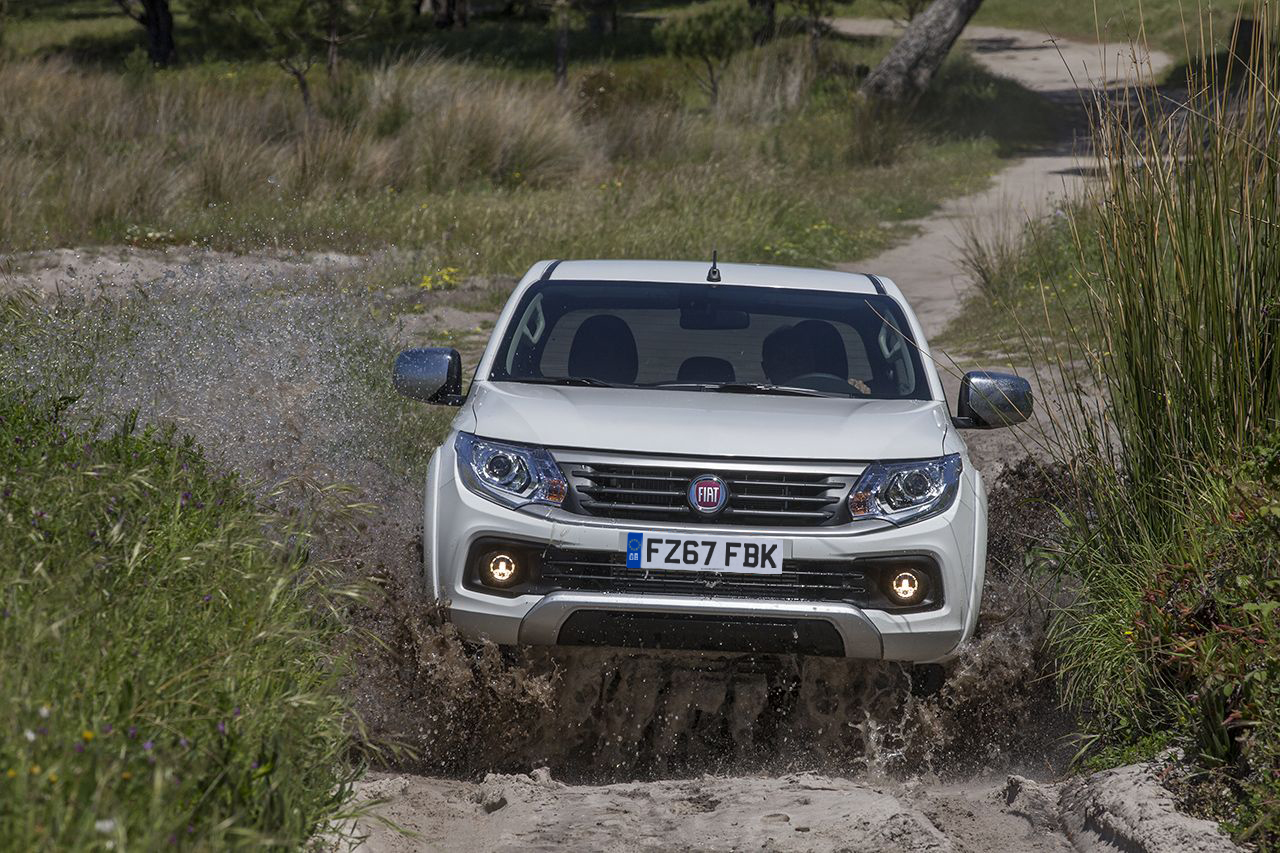 Marchionne’s Fiat has a knack for synergising with other manufacturers, and the Fullback is a great example of that. In all respects, this capable pick-up is a Mitsubishi L200 with an Italian badge.
Marchionne’s Fiat has a knack for synergising with other manufacturers, and the Fullback is a great example of that. In all respects, this capable pick-up is a Mitsubishi L200 with an Italian badge.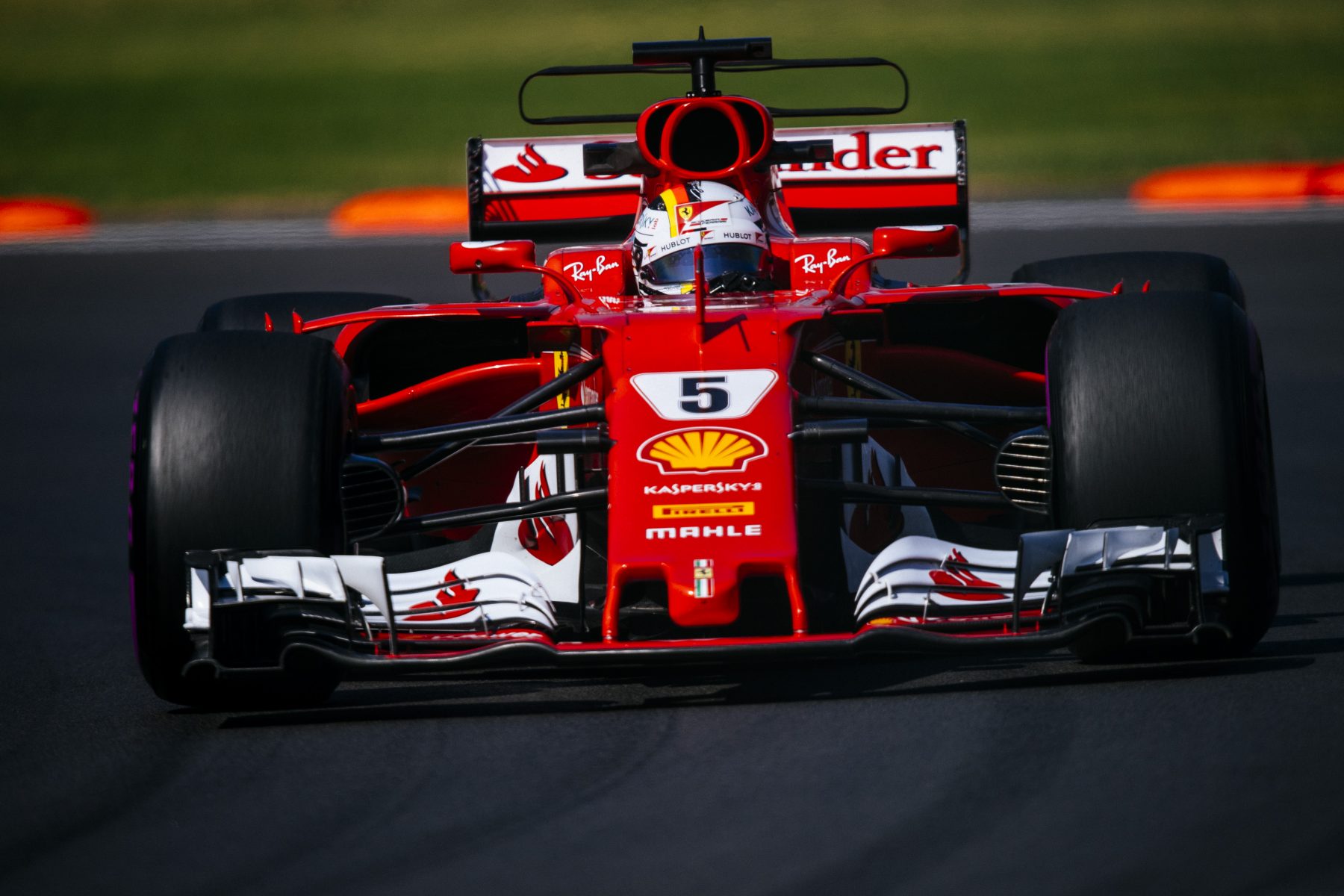 Ferrari went through the Formula One doldrums in the late-2000’s and early-2010’s. Marchionne re-structured the team when he entered the world of Ferrari in 2014, and the Mercedes-challenging 2017 car was the fruit of his labour.
Ferrari went through the Formula One doldrums in the late-2000’s and early-2010’s. Marchionne re-structured the team when he entered the world of Ferrari in 2014, and the Mercedes-challenging 2017 car was the fruit of his labour. Alfa knows how to make something beautiful, but its chances to work its magic on something mid-engined have been limited. The 4C is a shining example of why we need more of the ideal sportscar layout from the marque.
Alfa knows how to make something beautiful, but its chances to work its magic on something mid-engined have been limited. The 4C is a shining example of why we need more of the ideal sportscar layout from the marque.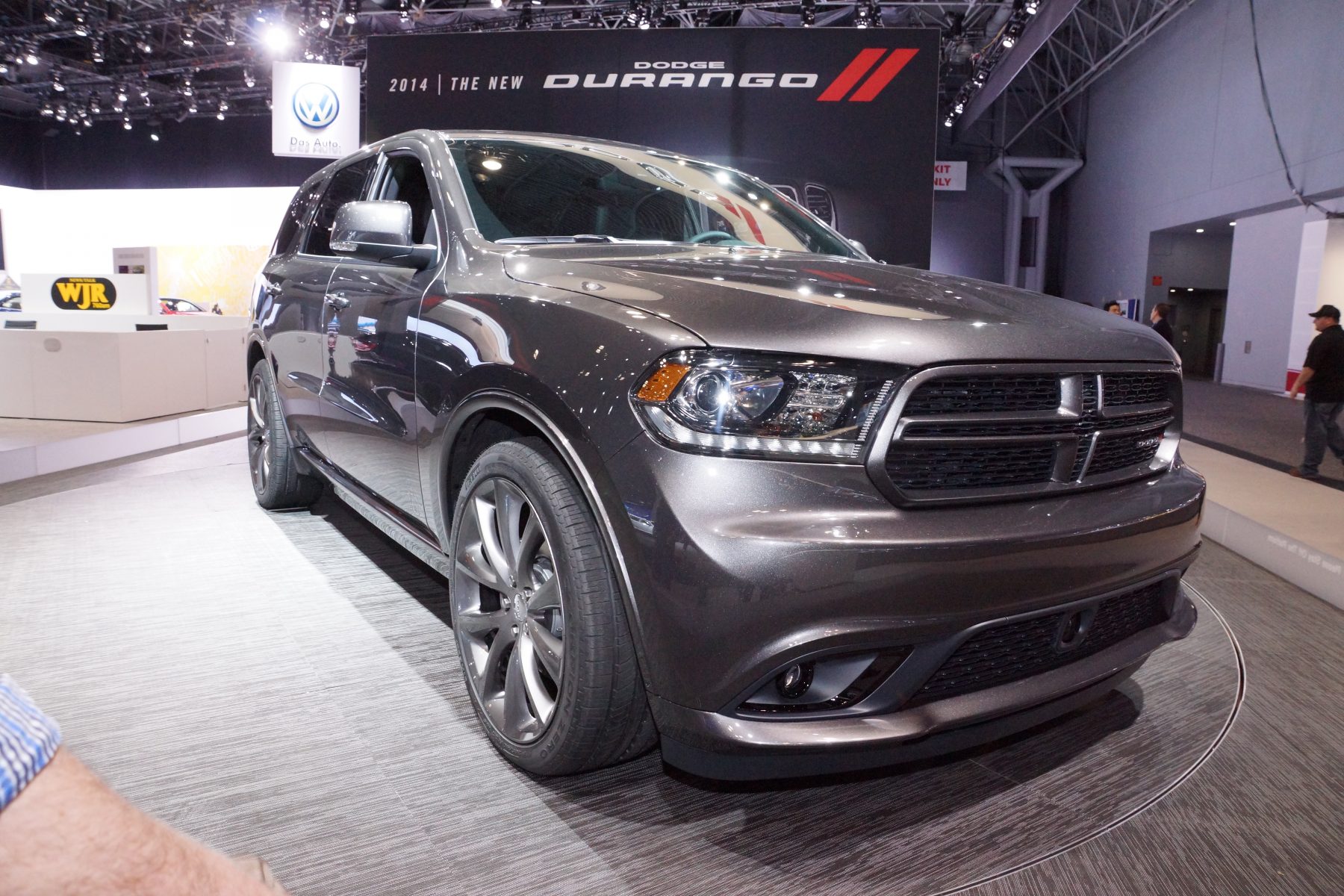 Based on the Grand Cherokee, sales of the third generation Durango are going up and up in the US. There’s also a 475bhp SRT version, to continue the theme of crazy SUVs!
Based on the Grand Cherokee, sales of the third generation Durango are going up and up in the US. There’s also a 475bhp SRT version, to continue the theme of crazy SUVs!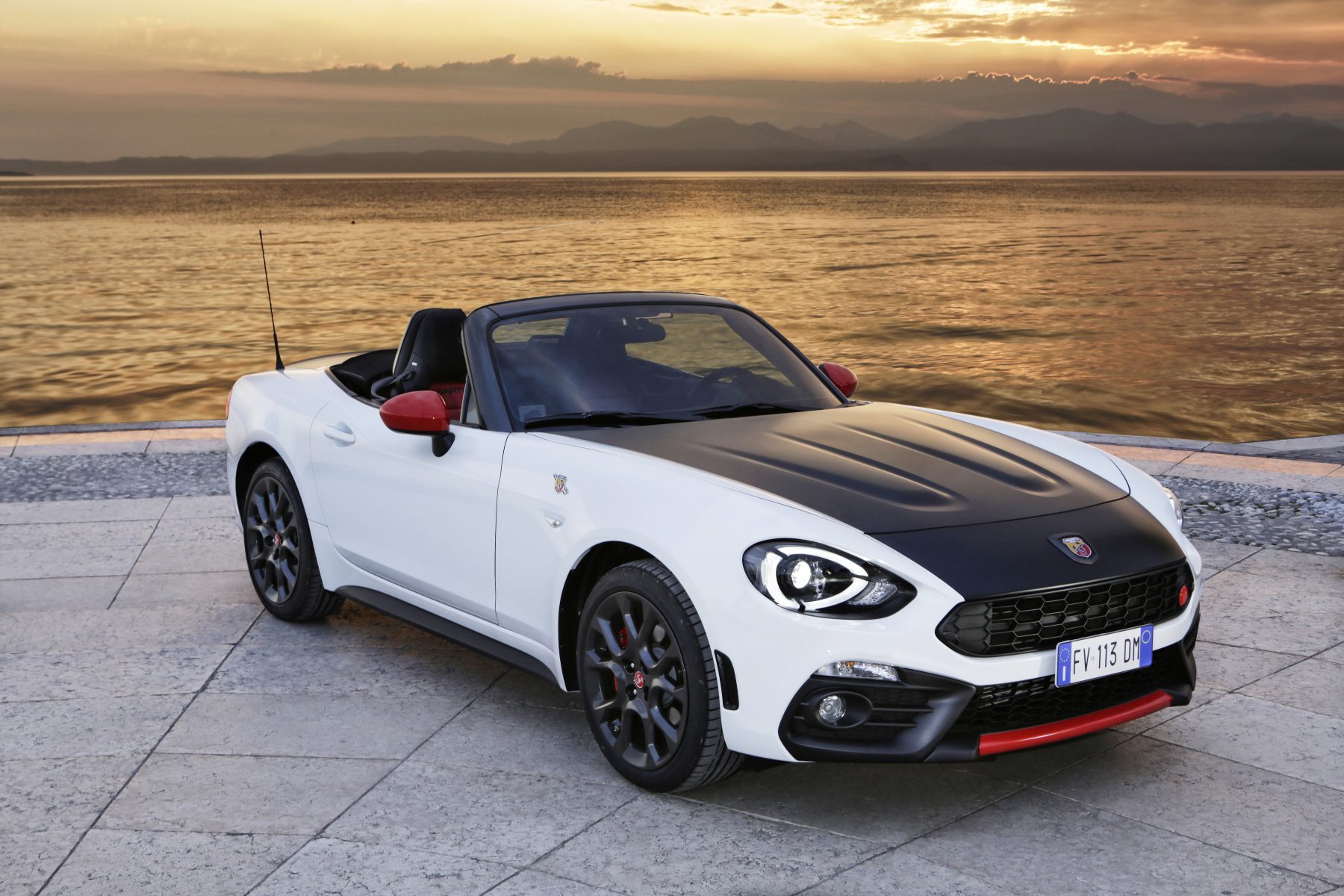 Based on Mazda’s MX-5, the 124 Spider is a brilliantly perky little sportscar. The turbocharged MultiAir engine is punchier than the MX-5’s range of motors, and its raucous exhaust note is a winning merit too!
Based on Mazda’s MX-5, the 124 Spider is a brilliantly perky little sportscar. The turbocharged MultiAir engine is punchier than the MX-5’s range of motors, and its raucous exhaust note is a winning merit too!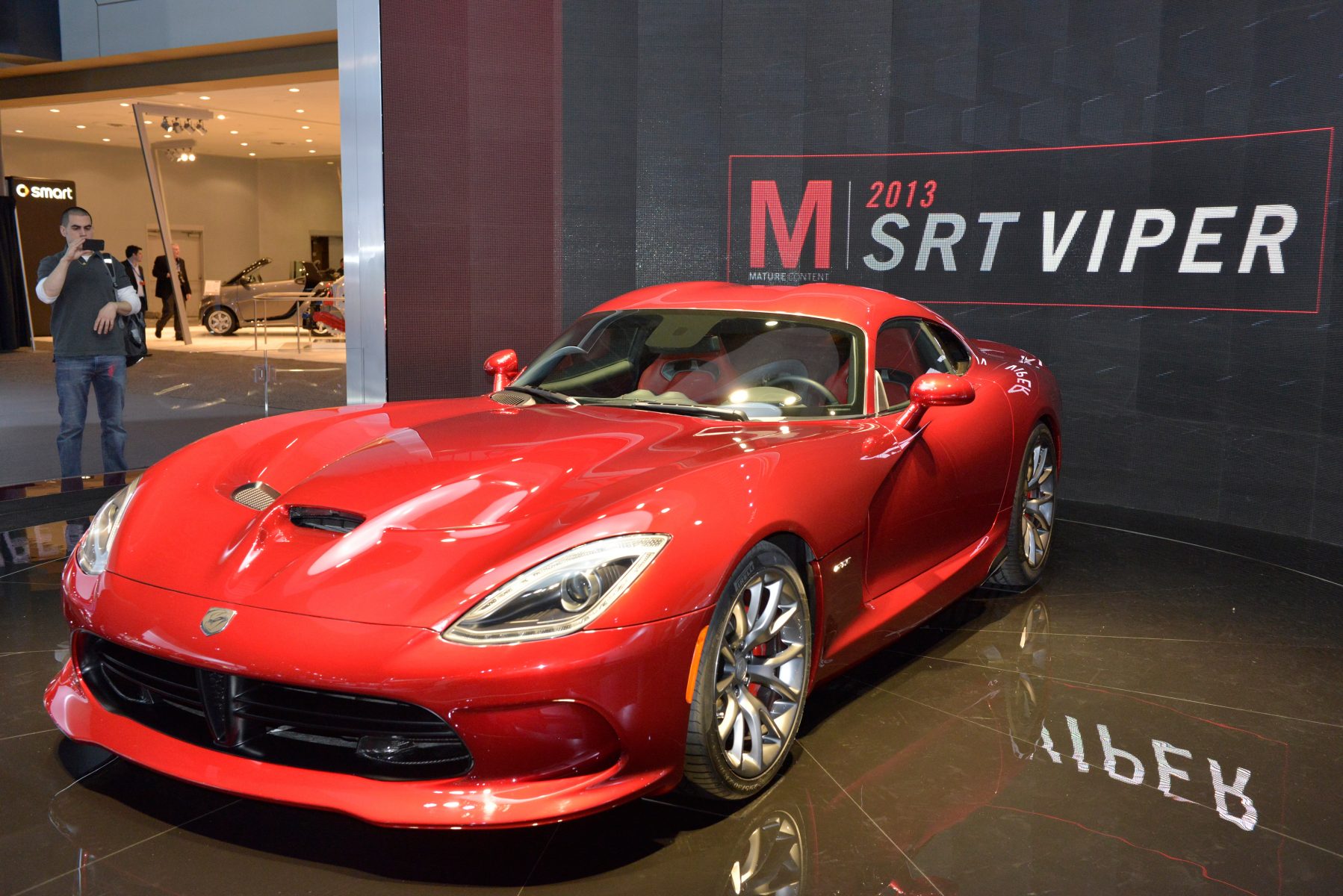 The decision to split SRT’s nameplate away from Dodge was questionable, but there was nothing bad to say about the last Viper. It didn’t sell well, but it is arguably the best of these burbling V10 brutes.
The decision to split SRT’s nameplate away from Dodge was questionable, but there was nothing bad to say about the last Viper. It didn’t sell well, but it is arguably the best of these burbling V10 brutes.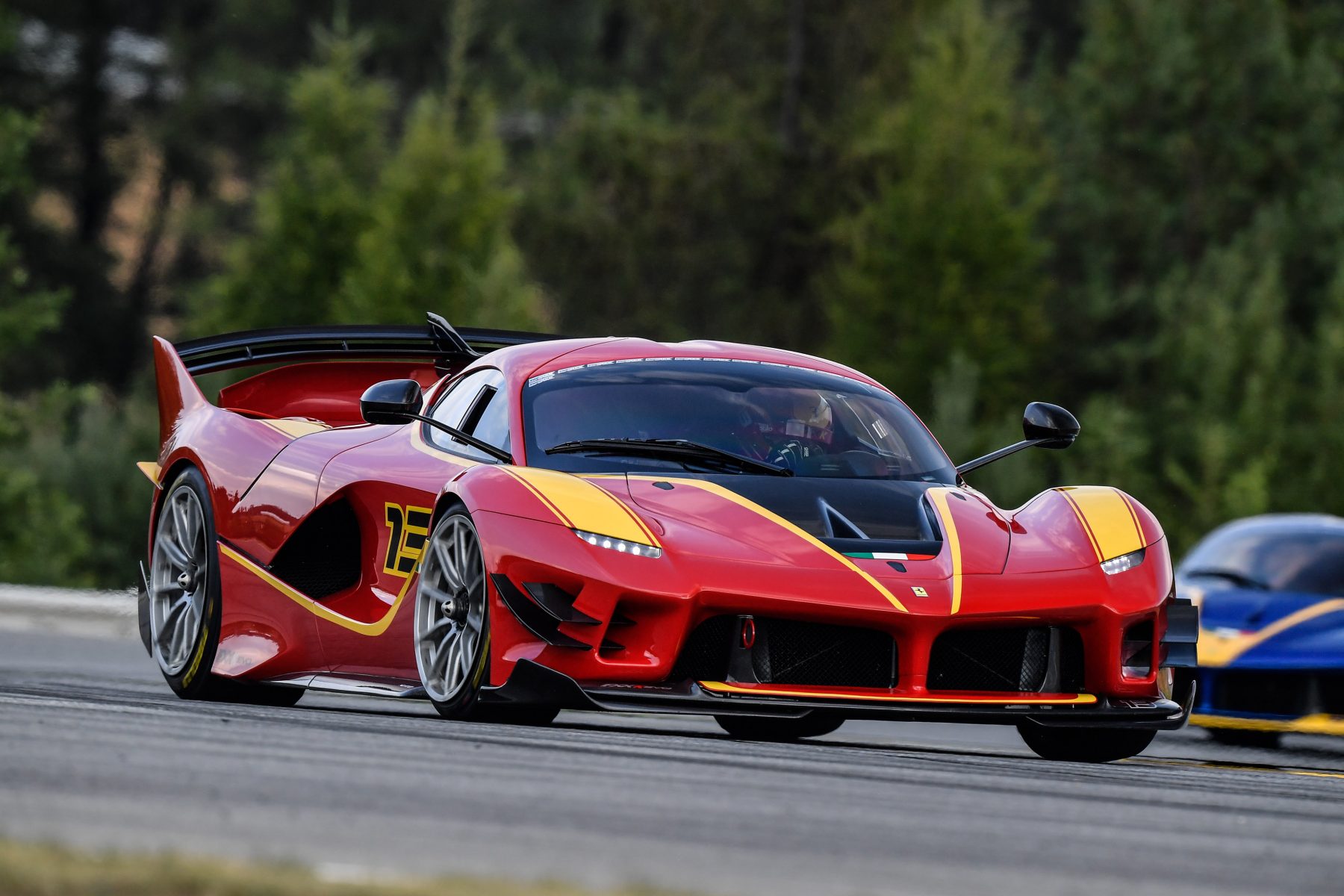 Essentially the LaFerrari Le Mans car that should have existed, the FXXK is the ultimate track day car. It serves as yet another way for Ferrari to captivate high-octane millionaires through their XX and Clienti driving programmes.
Essentially the LaFerrari Le Mans car that should have existed, the FXXK is the ultimate track day car. It serves as yet another way for Ferrari to captivate high-octane millionaires through their XX and Clienti driving programmes.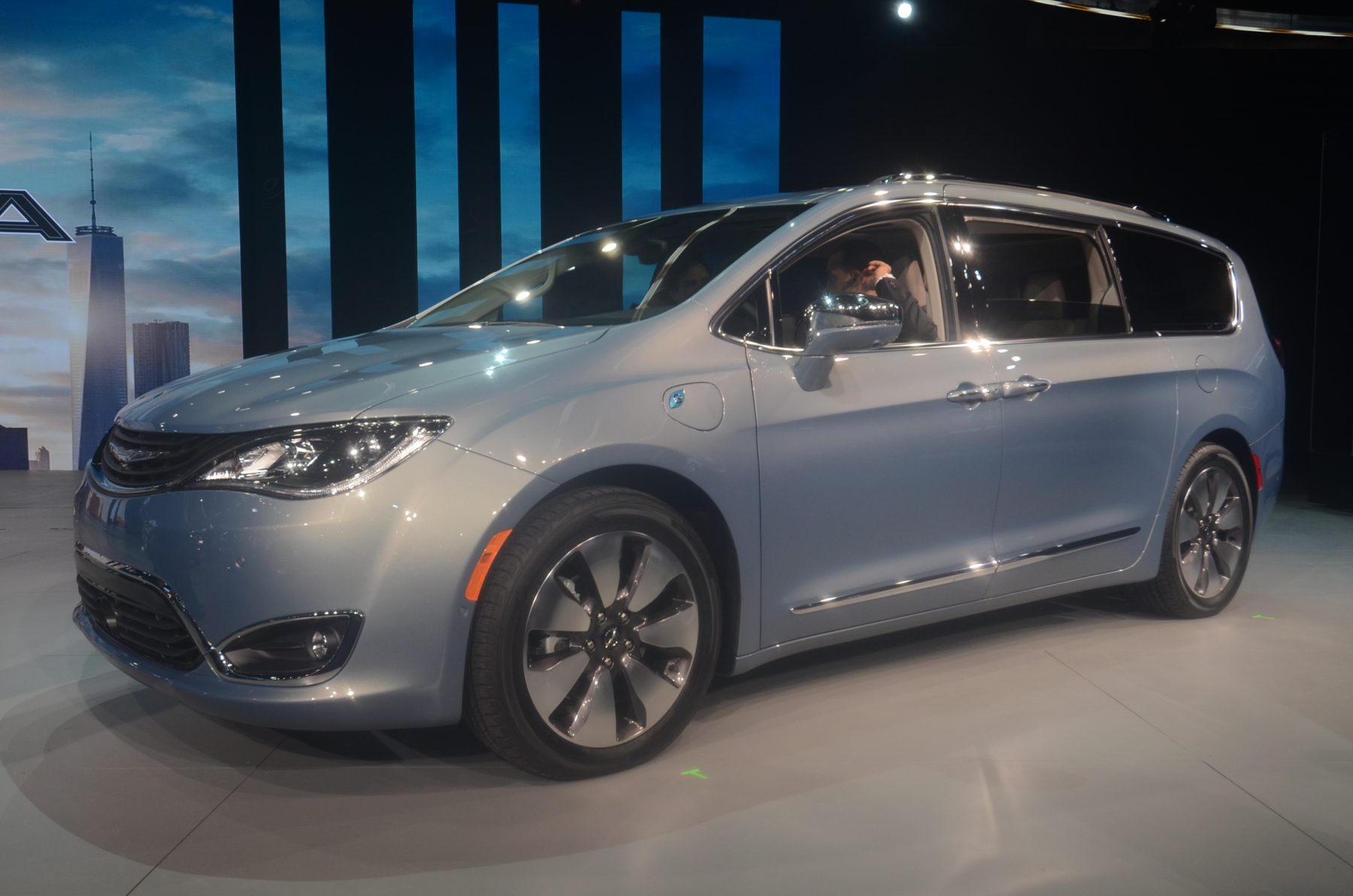 The SUV is taking over America just like everywhere else. However, the minivan isn’t giving up the fight, and the Pacifica has sold a shade under 200,000 units in less than two years.
The SUV is taking over America just like everywhere else. However, the minivan isn’t giving up the fight, and the Pacifica has sold a shade under 200,000 units in less than two years. The GranTurismo is a very effective grand tourer. Amplify its strengths with the addition of lightness and race car bravado, and you’re onto a winner.
The GranTurismo is a very effective grand tourer. Amplify its strengths with the addition of lightness and race car bravado, and you’re onto a winner. Named as a tribute to the iconic 8C racing car, this should have been an epic European sportscar. In reality, it was more of a muscle car with a svelte Italian coupe shape – but that’s more than enough for us, and the 500 owners.
Named as a tribute to the iconic 8C racing car, this should have been an epic European sportscar. In reality, it was more of a muscle car with a svelte Italian coupe shape – but that’s more than enough for us, and the 500 owners.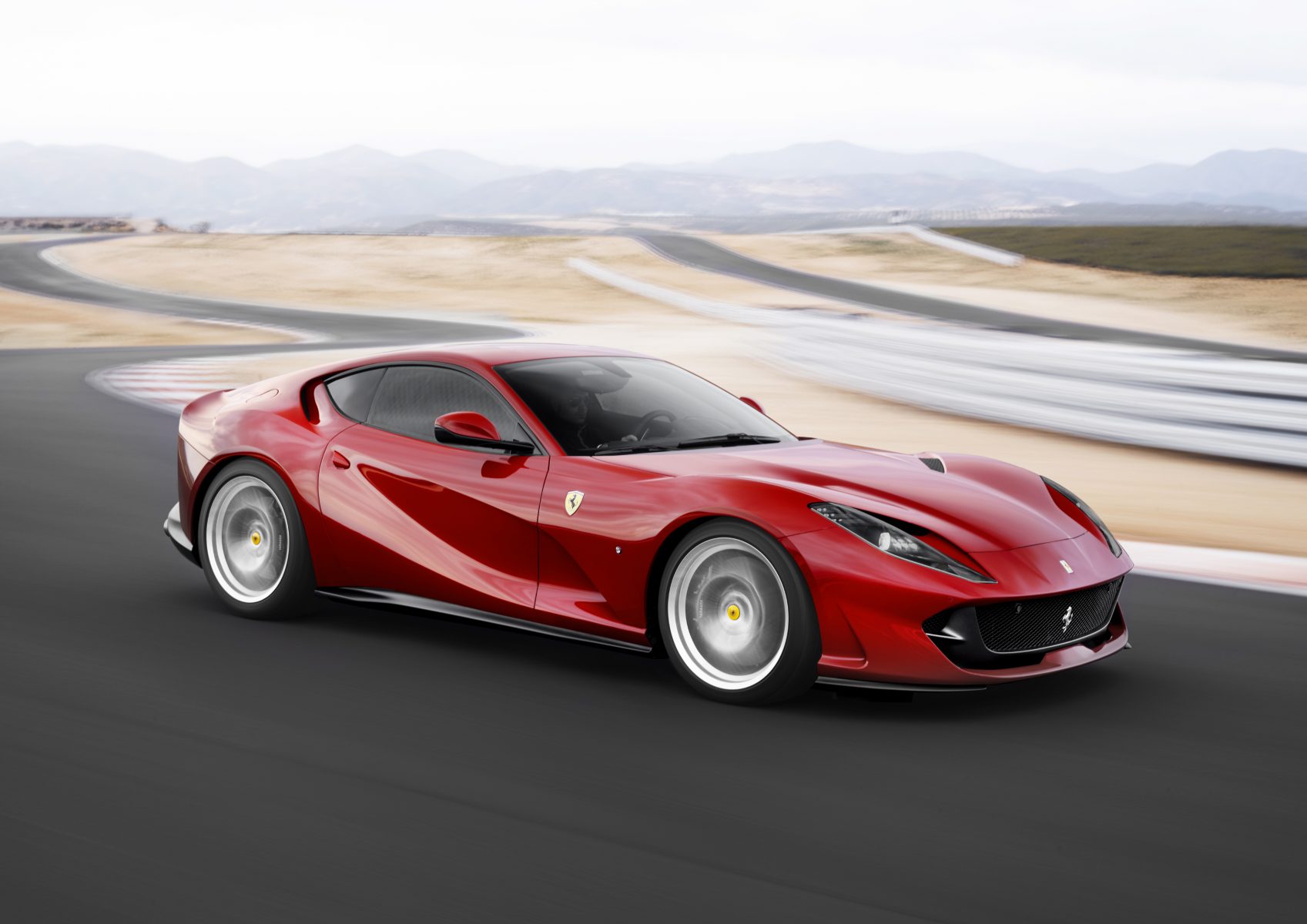 Name most other cars ‘Superfast’ and you’d be laughed out of civilised society. Ferrari’s 812 is one of very few cars on this earth deserving of the title, housing a 6.5-Litre V12 with 789bhp; powerful naturally-aspirated production car of all-time.
Name most other cars ‘Superfast’ and you’d be laughed out of civilised society. Ferrari’s 812 is one of very few cars on this earth deserving of the title, housing a 6.5-Litre V12 with 789bhp; powerful naturally-aspirated production car of all-time.